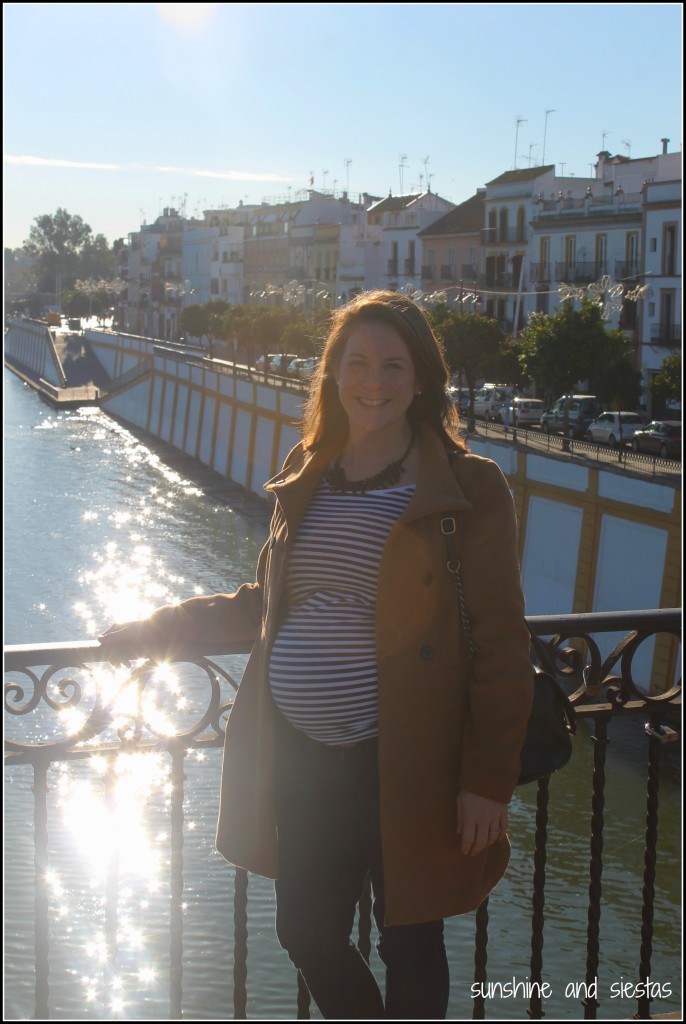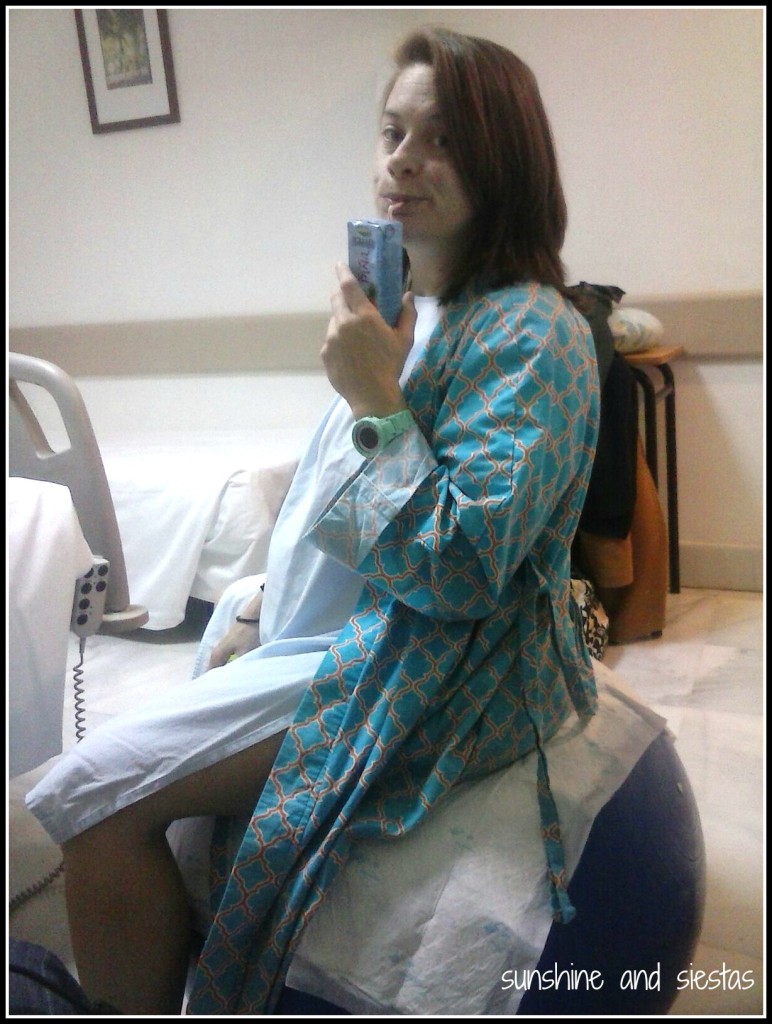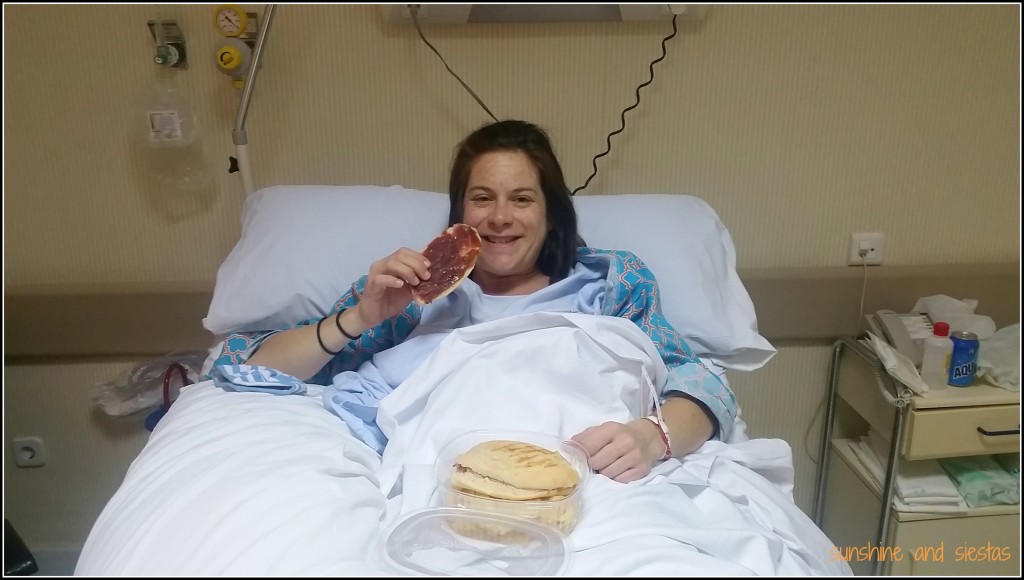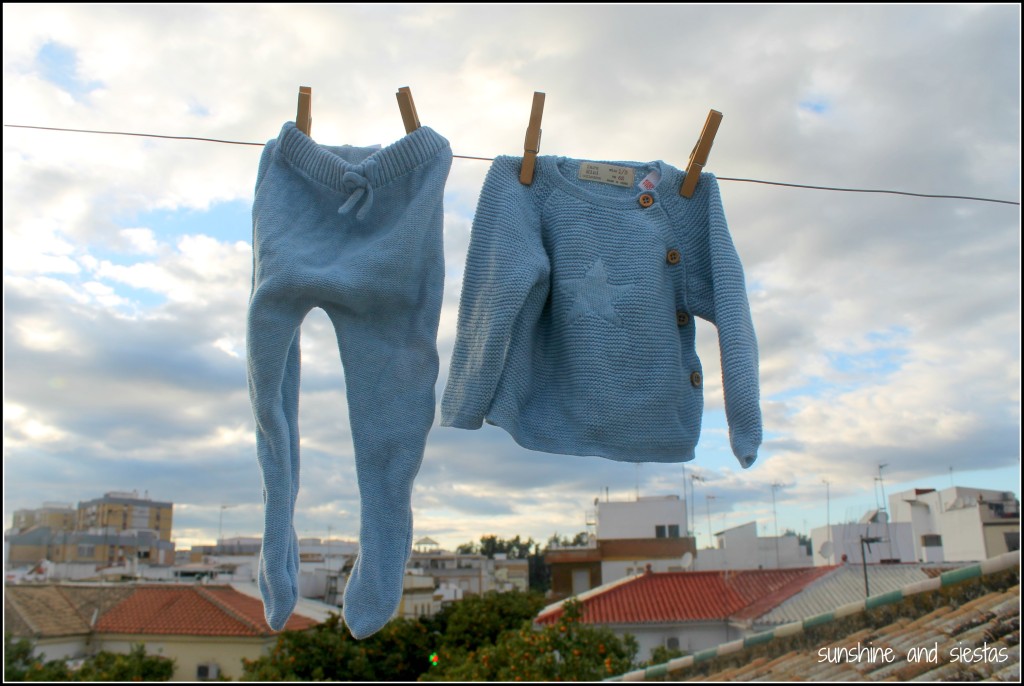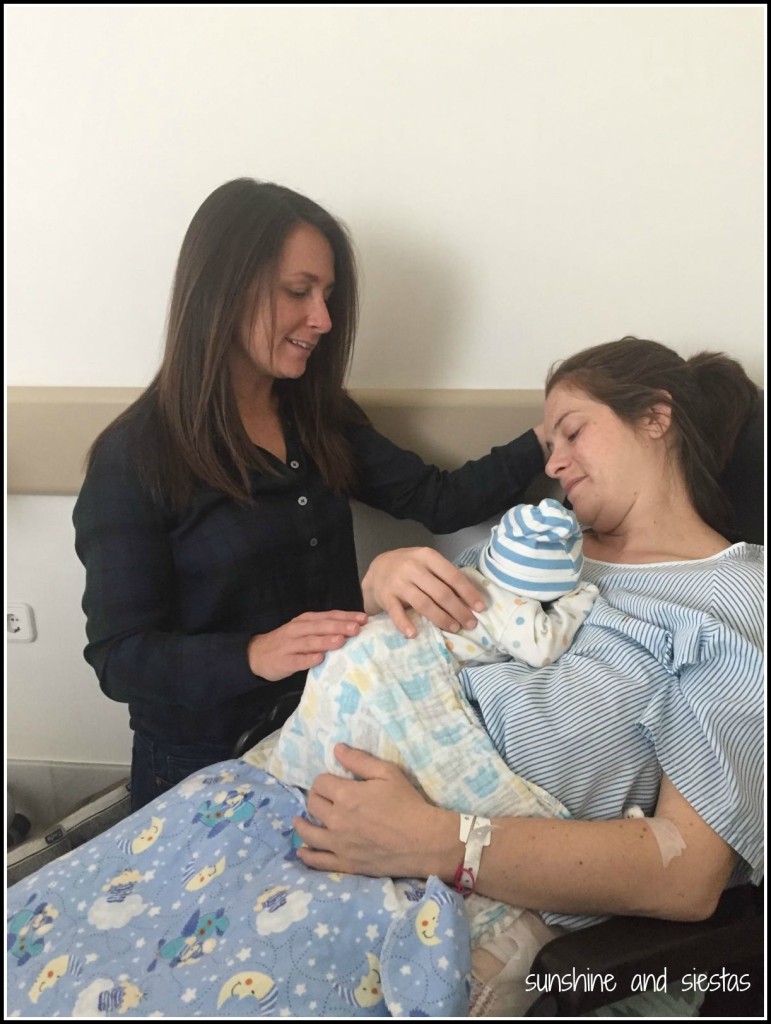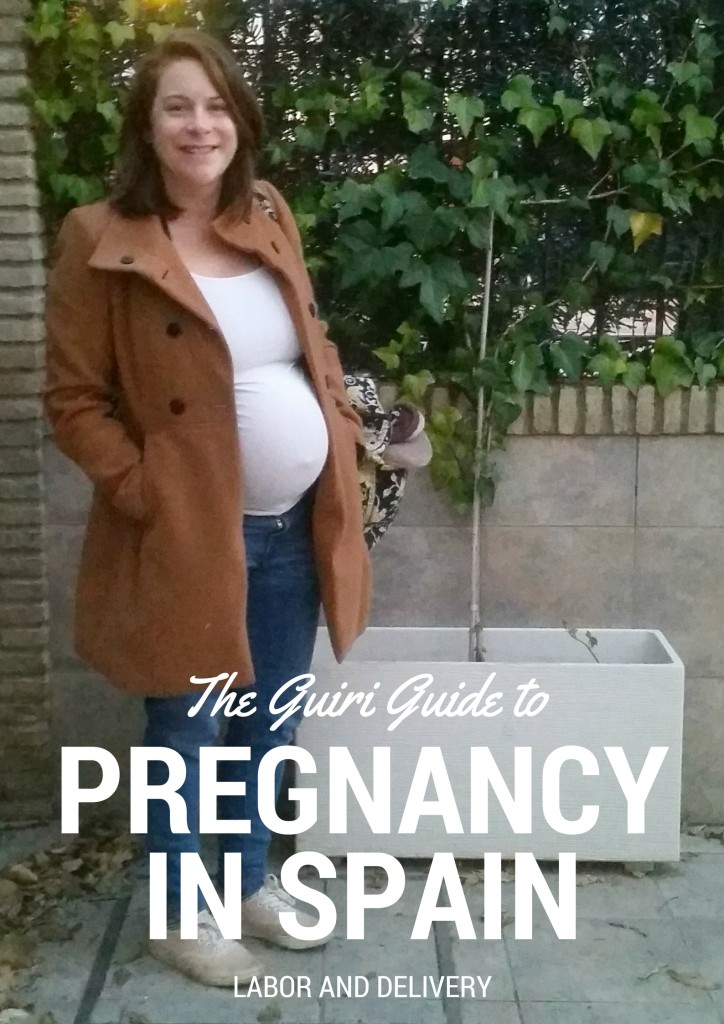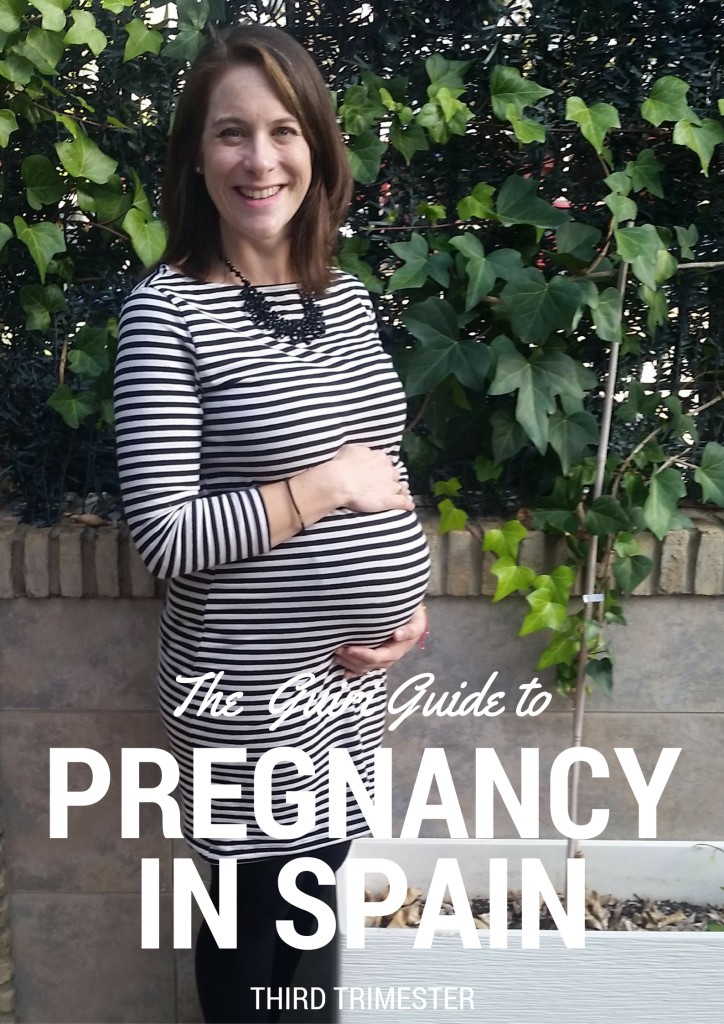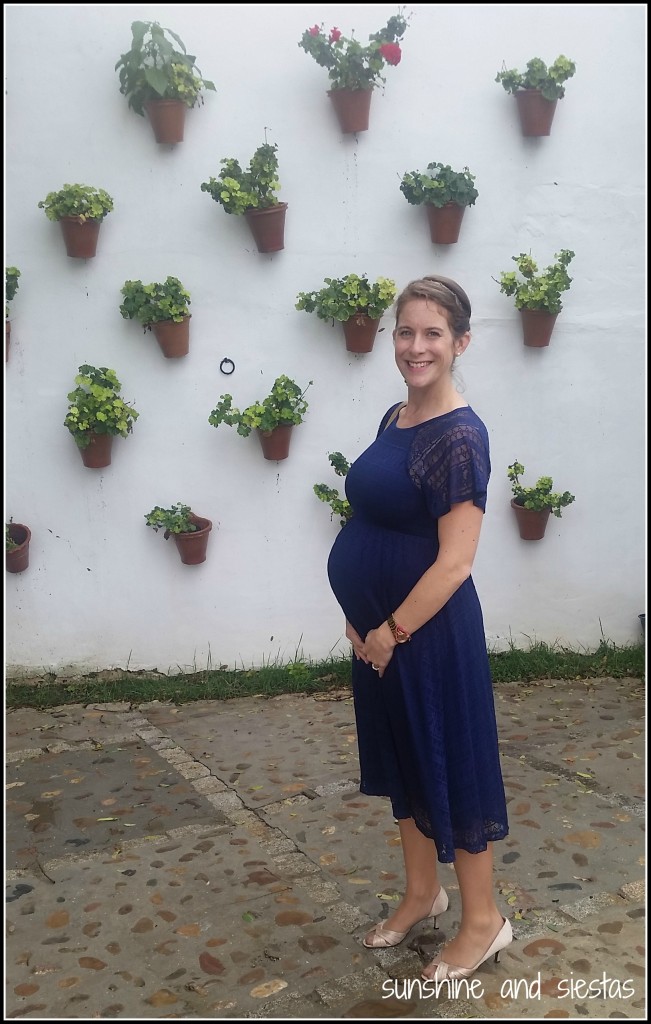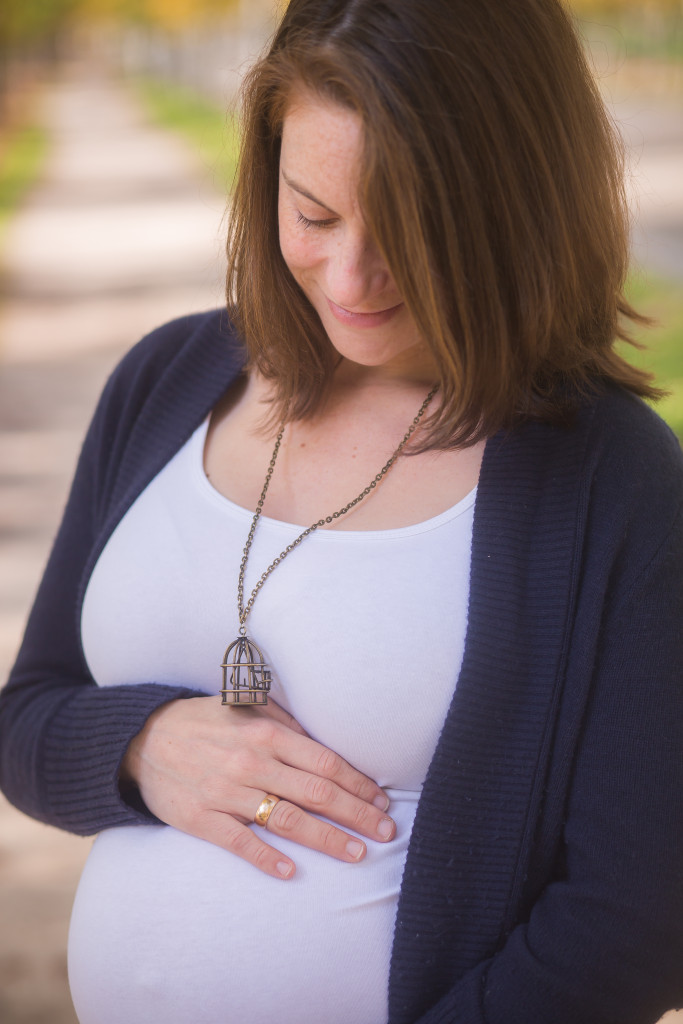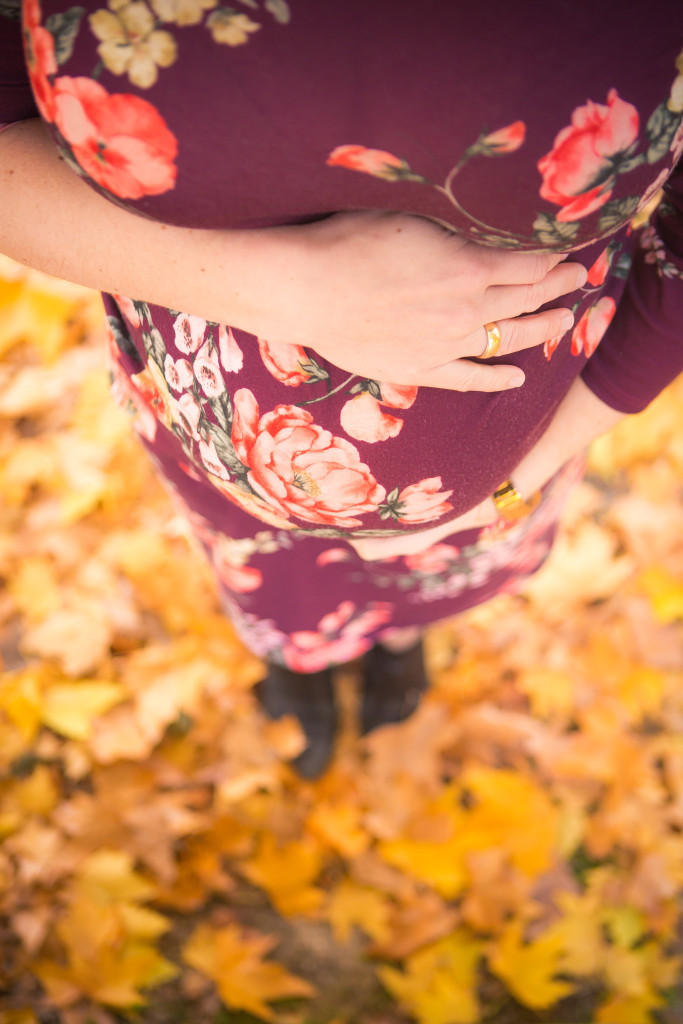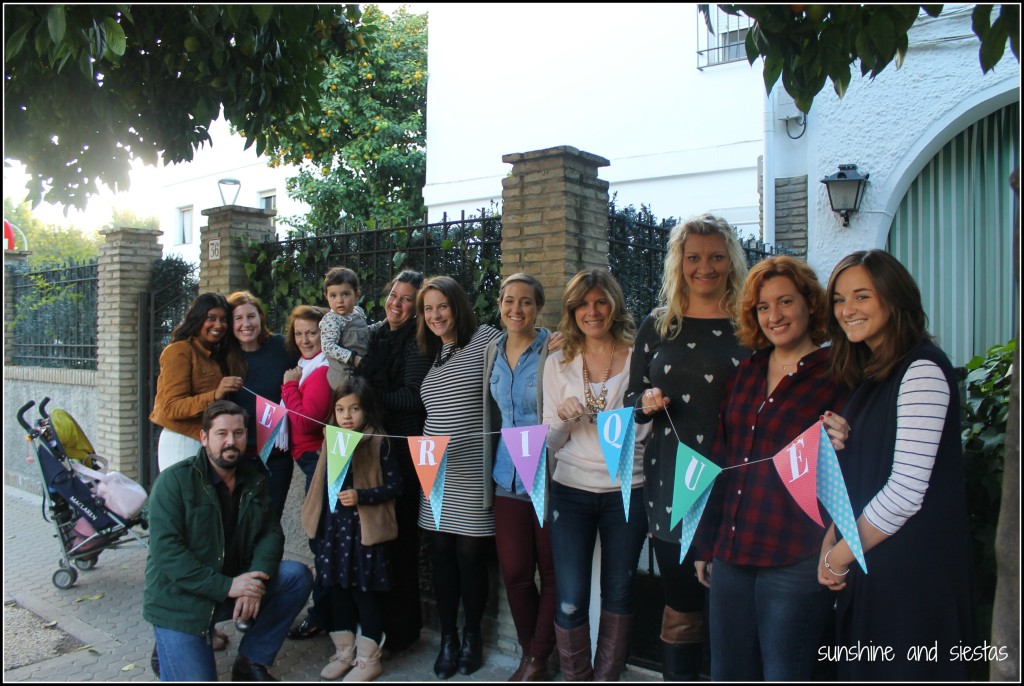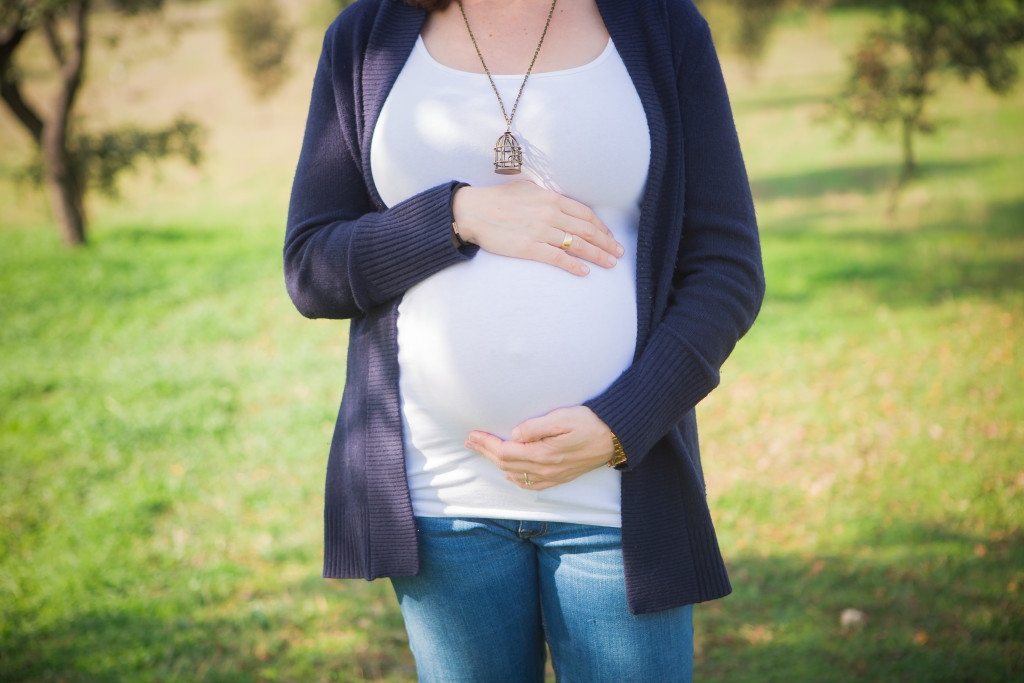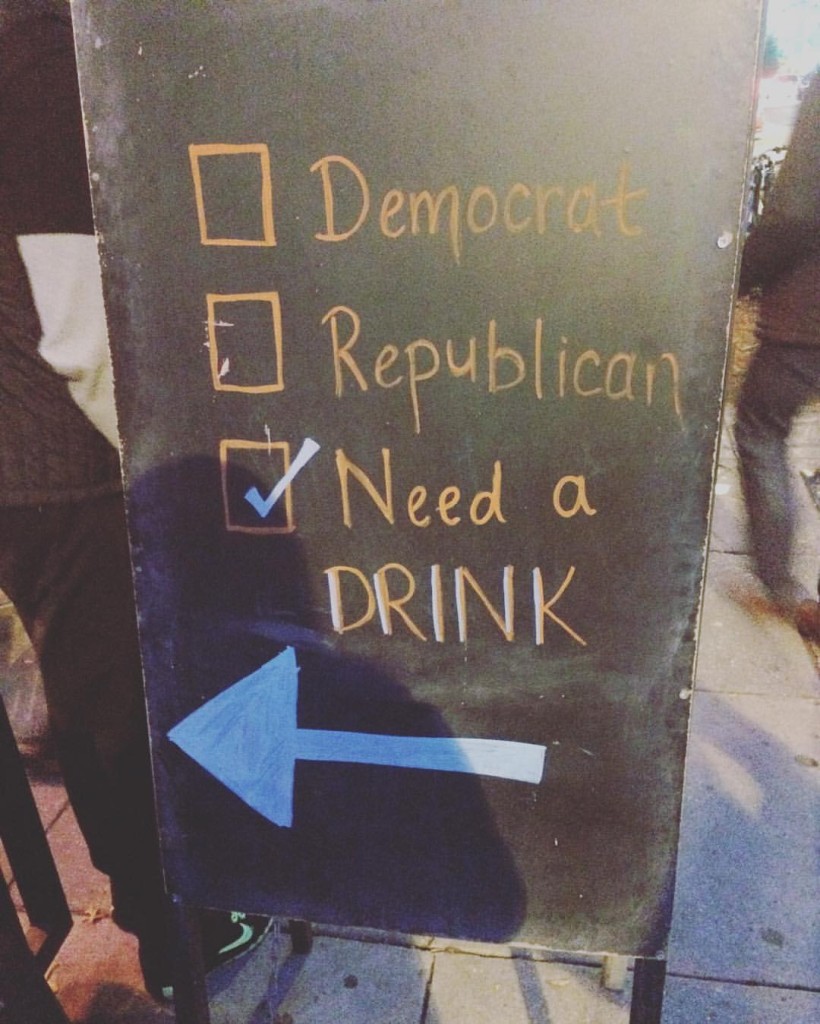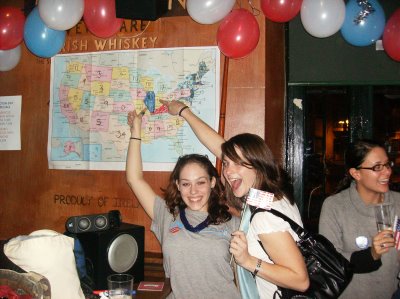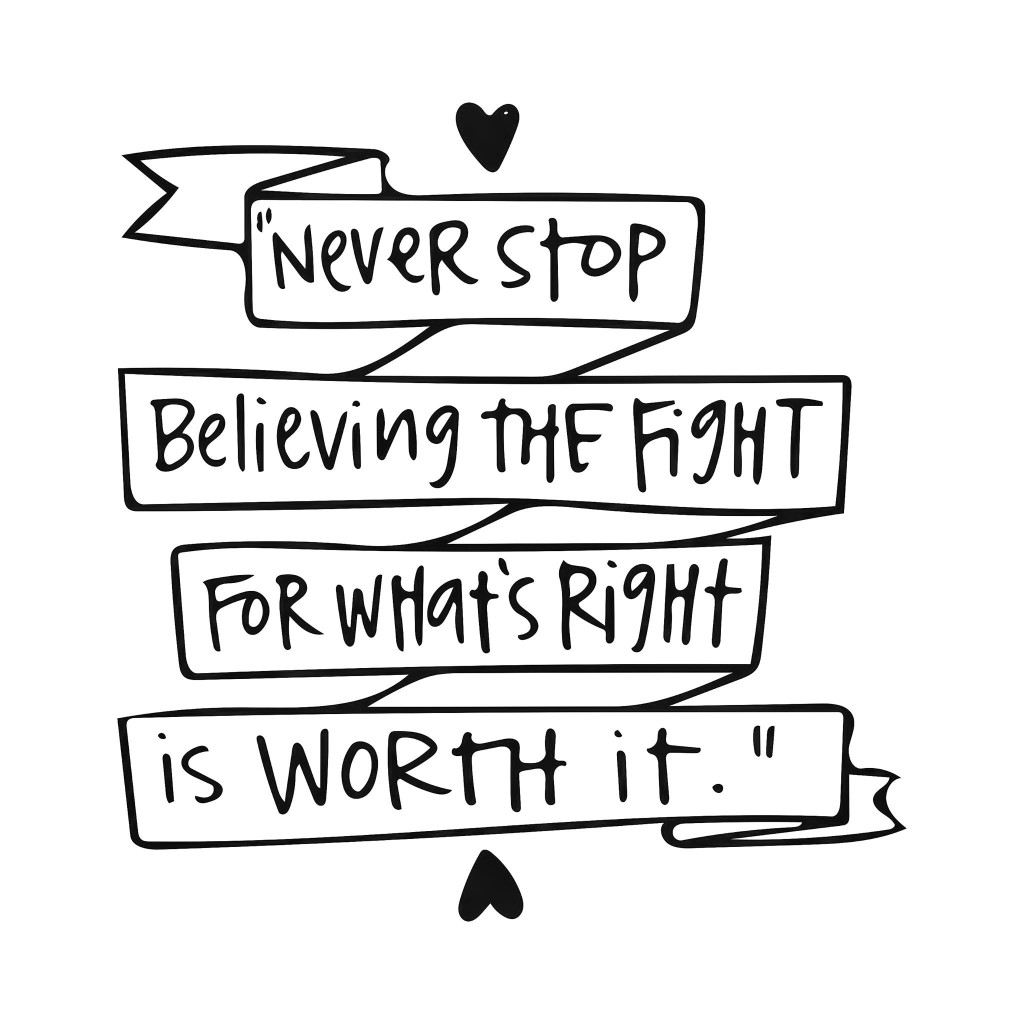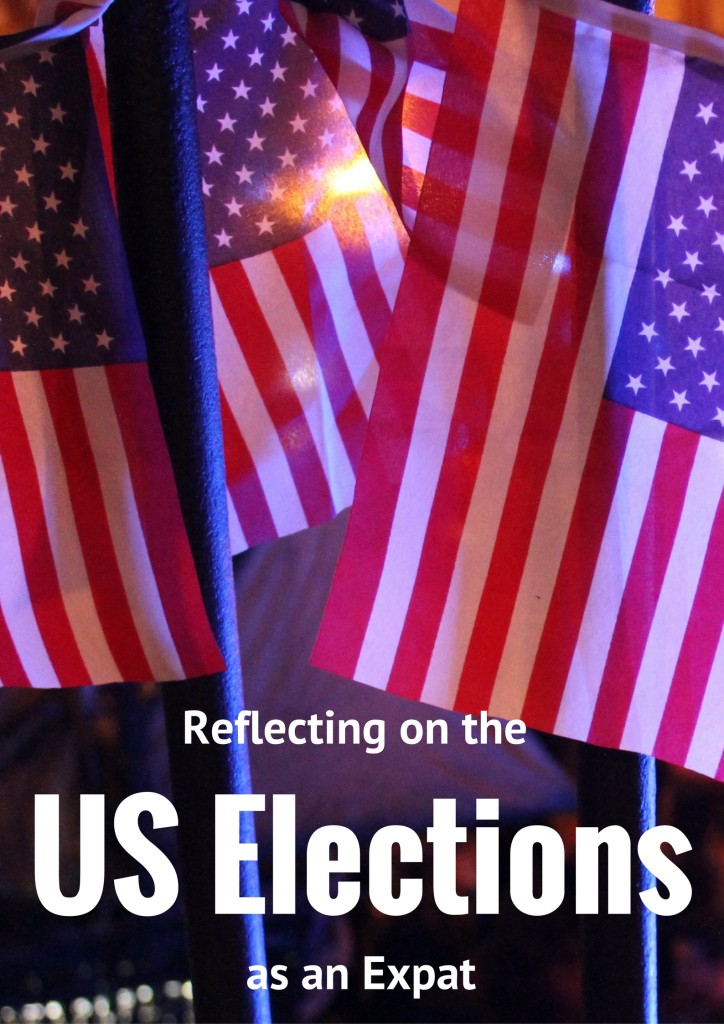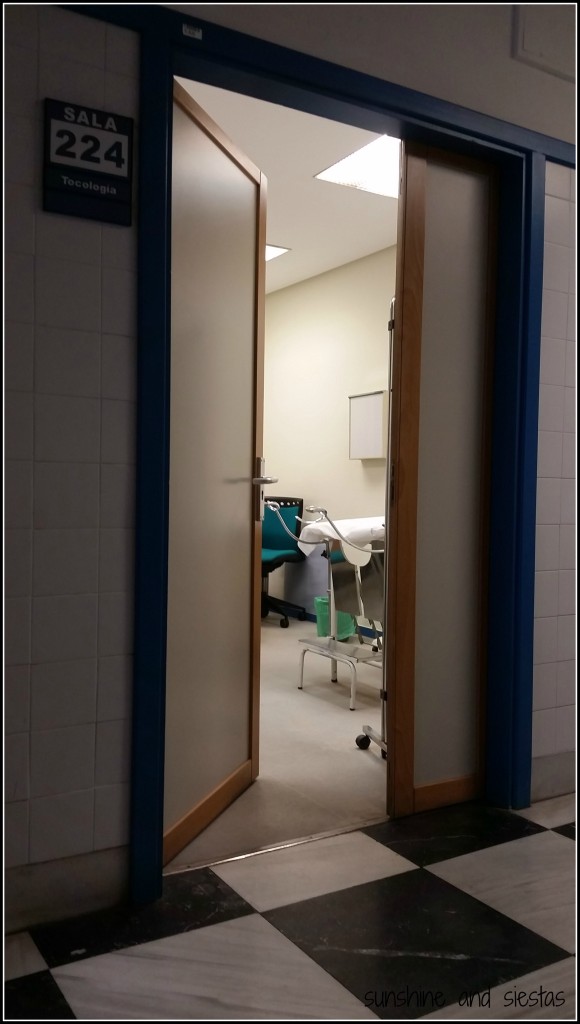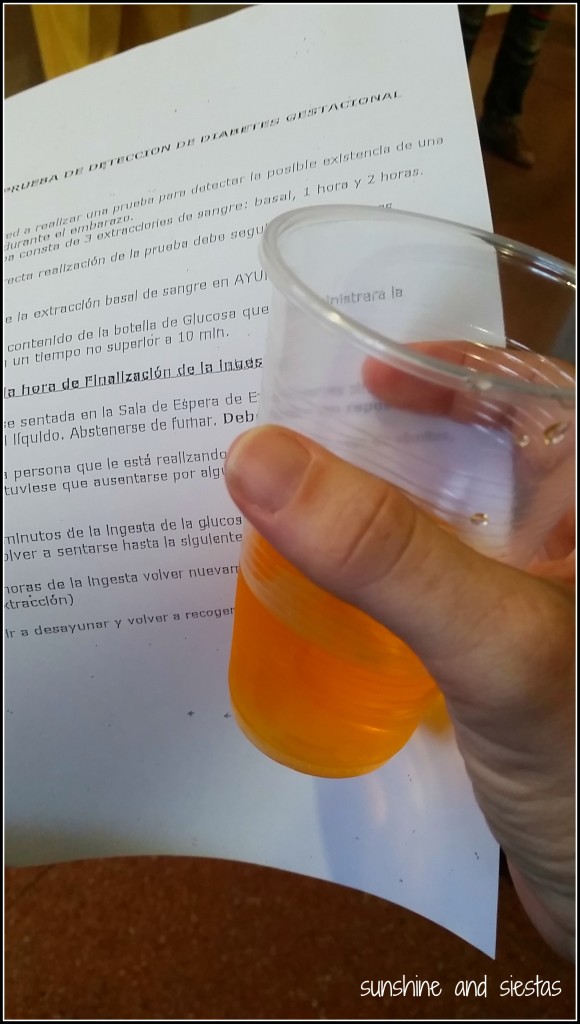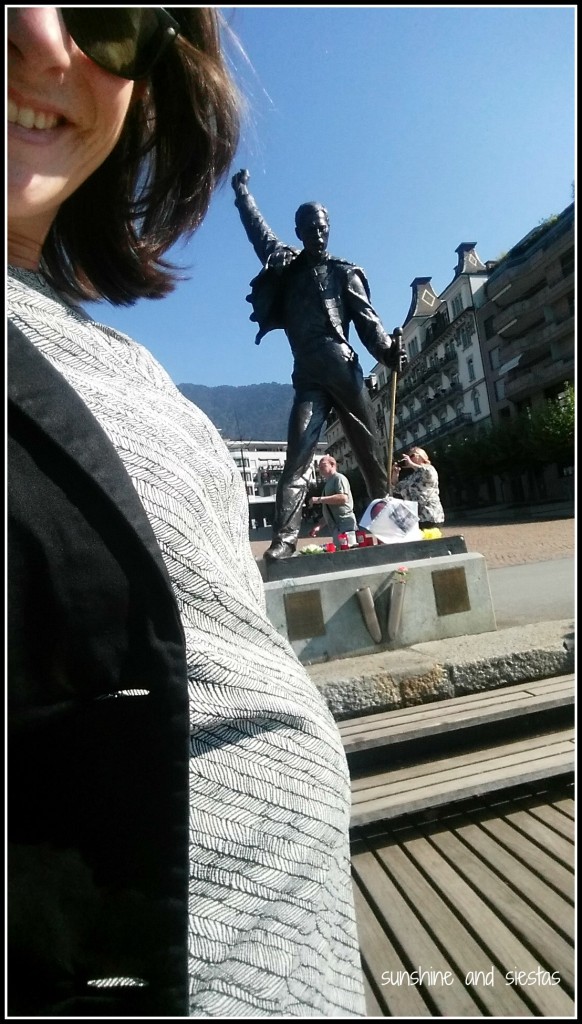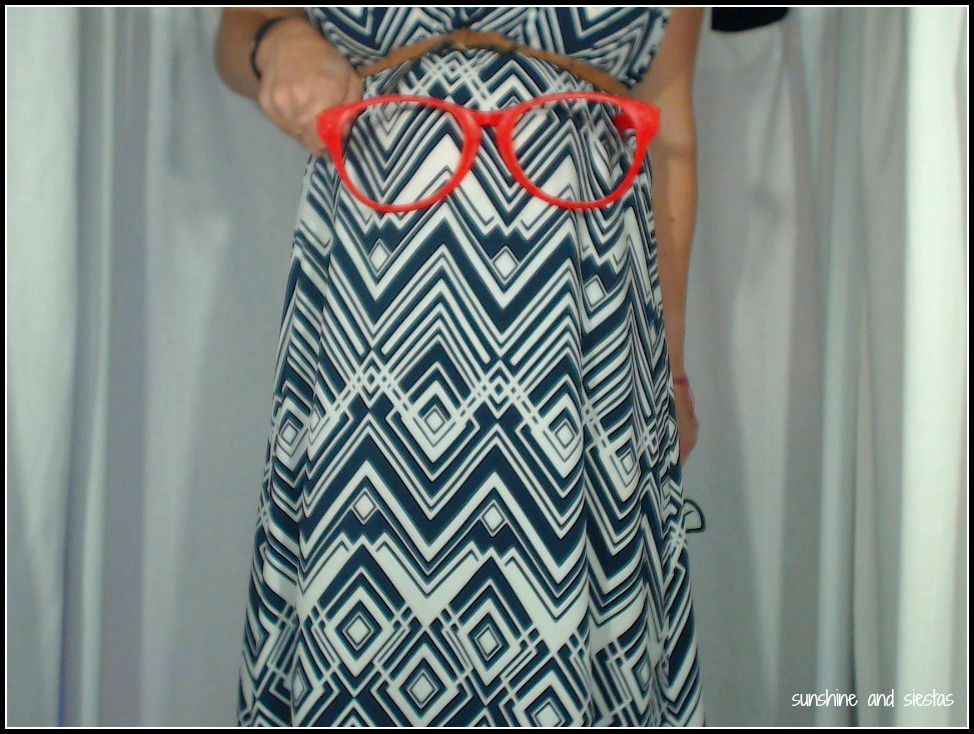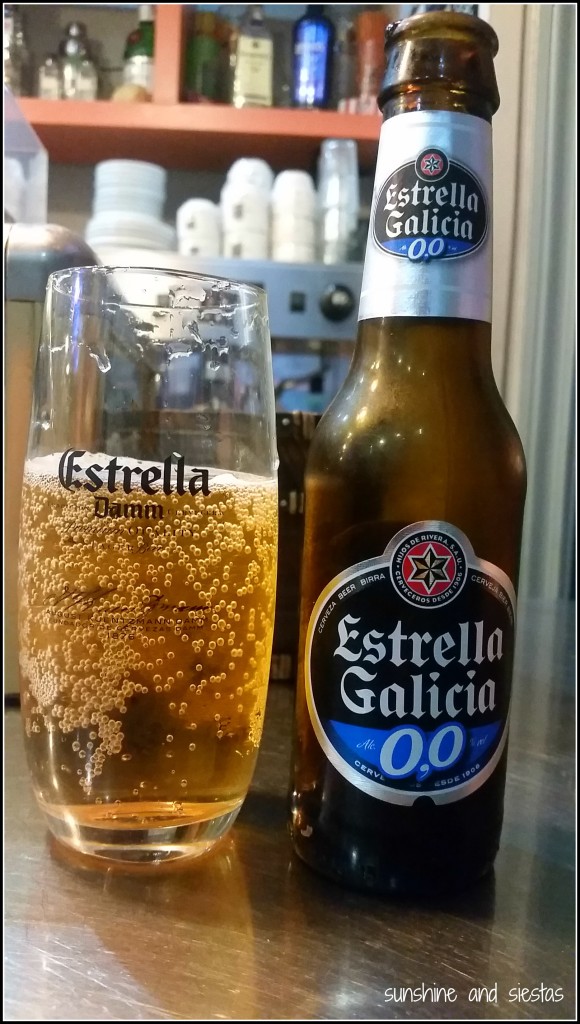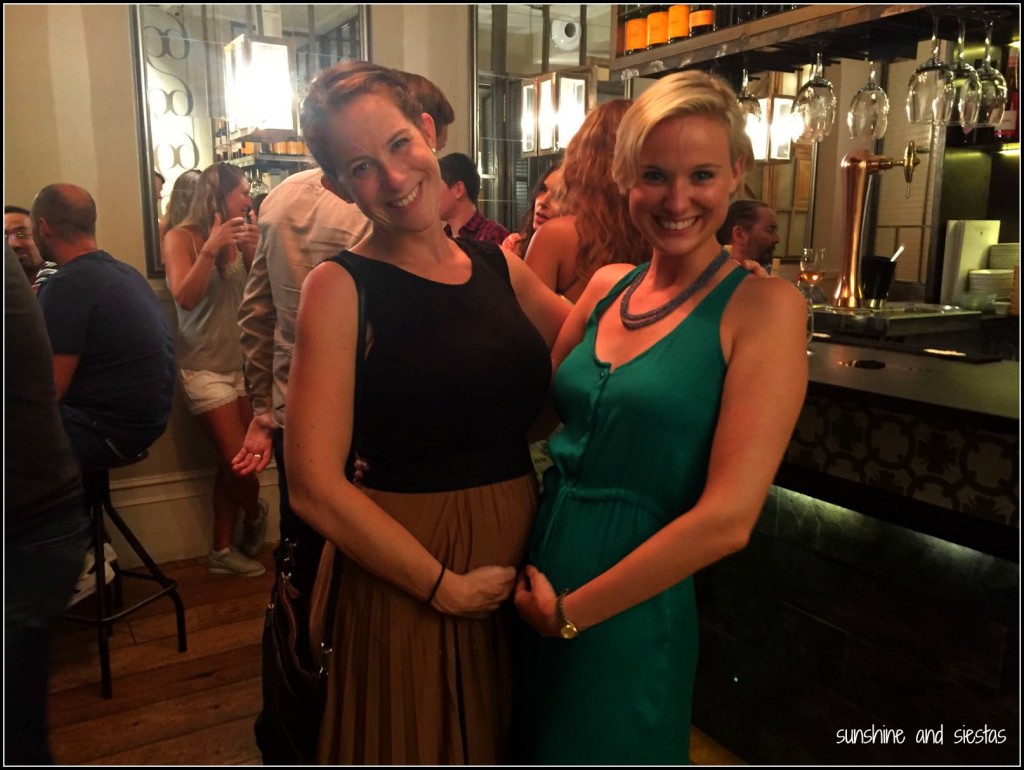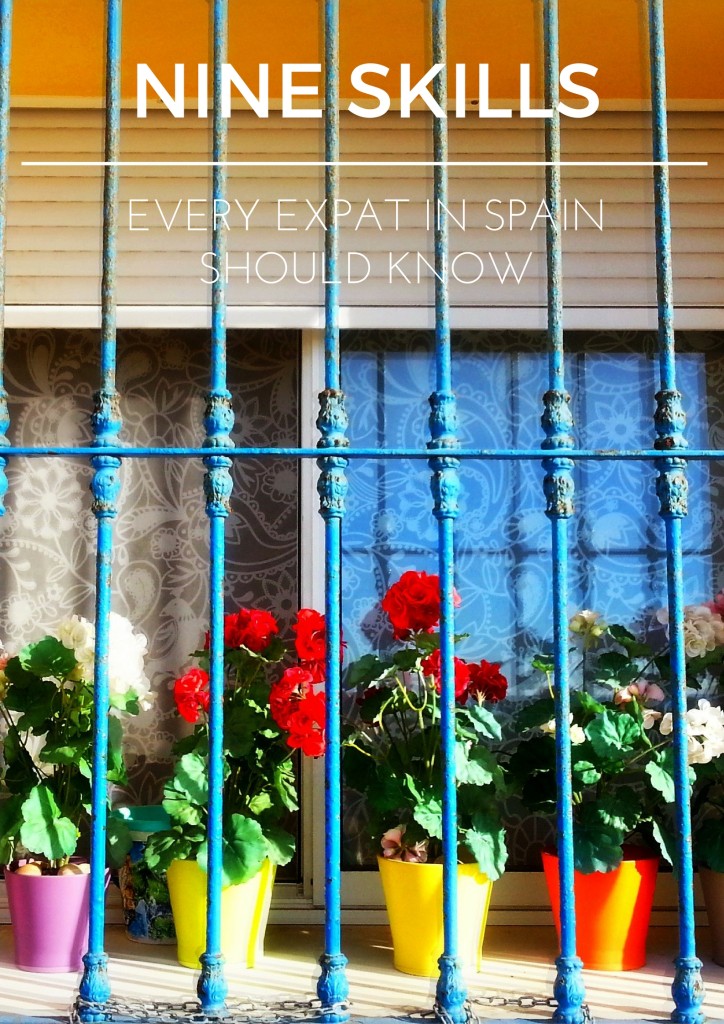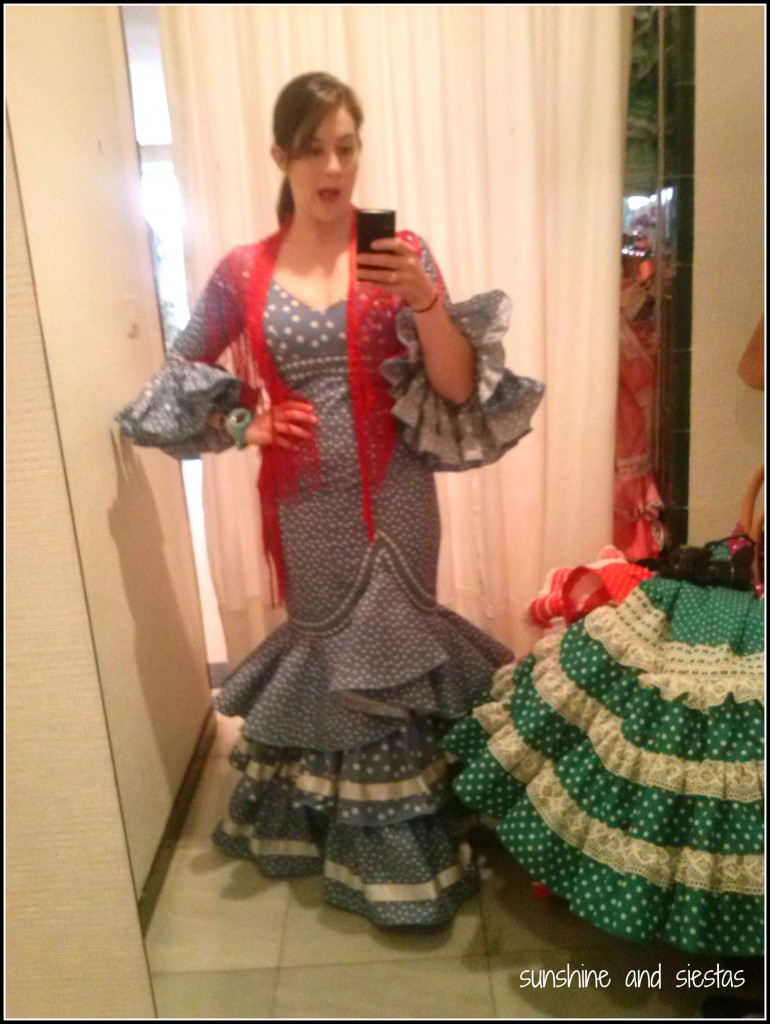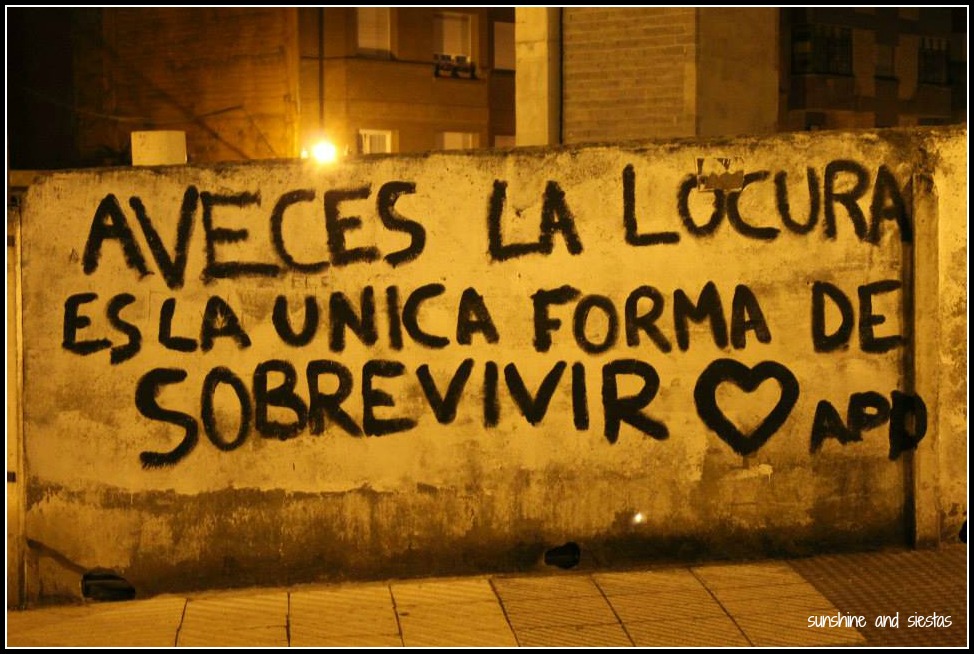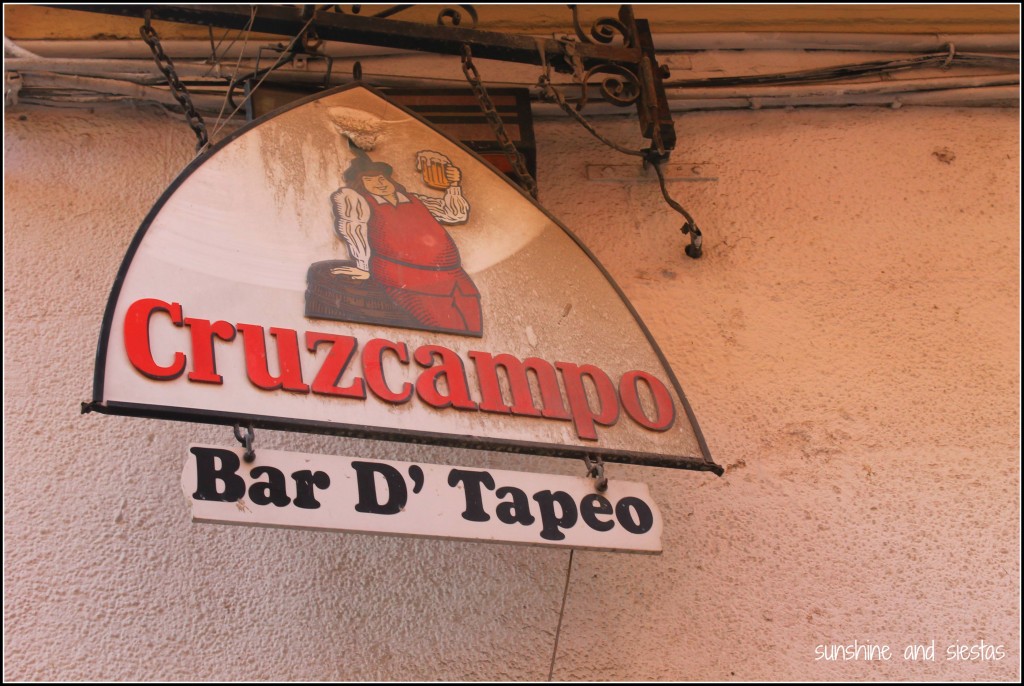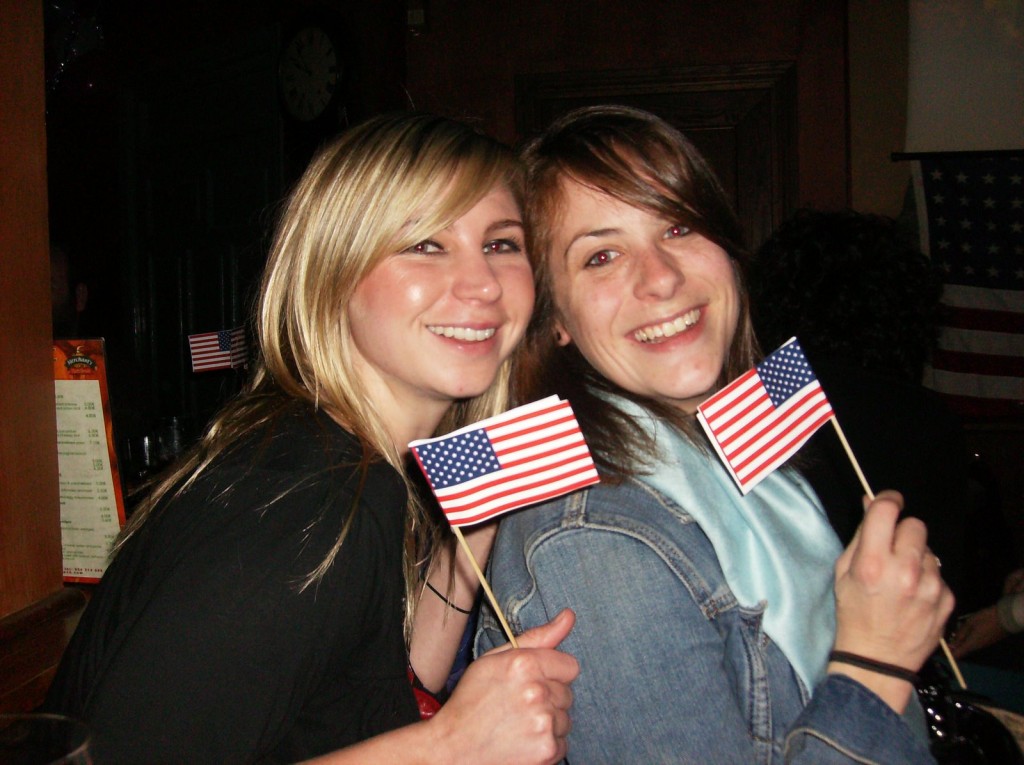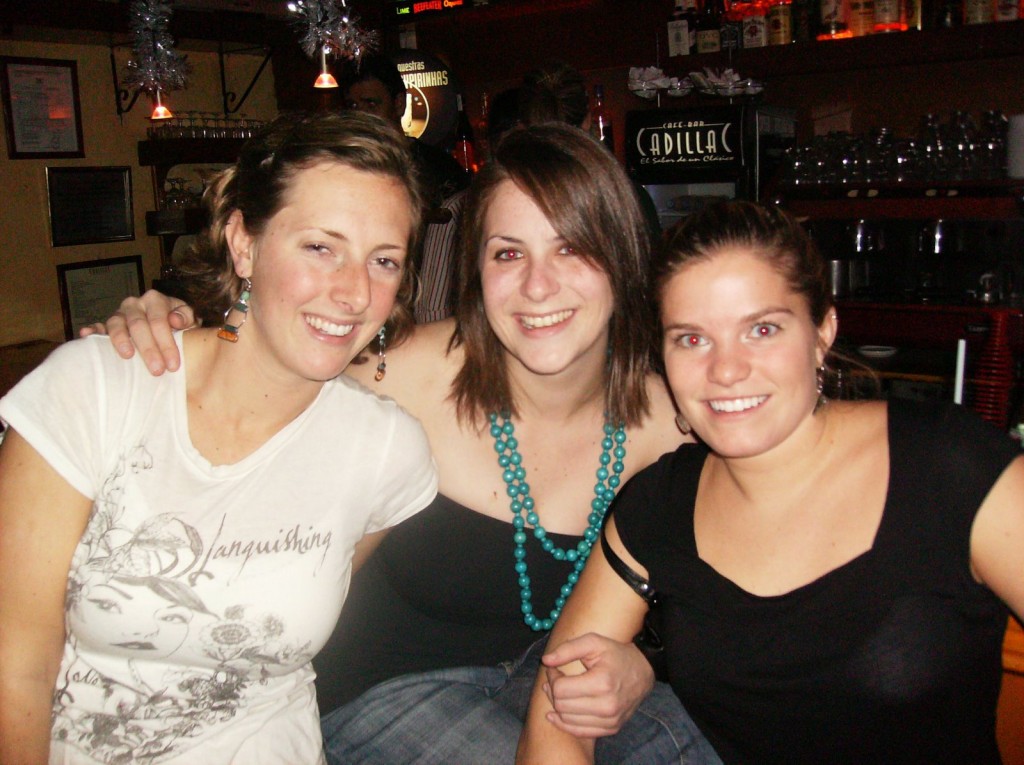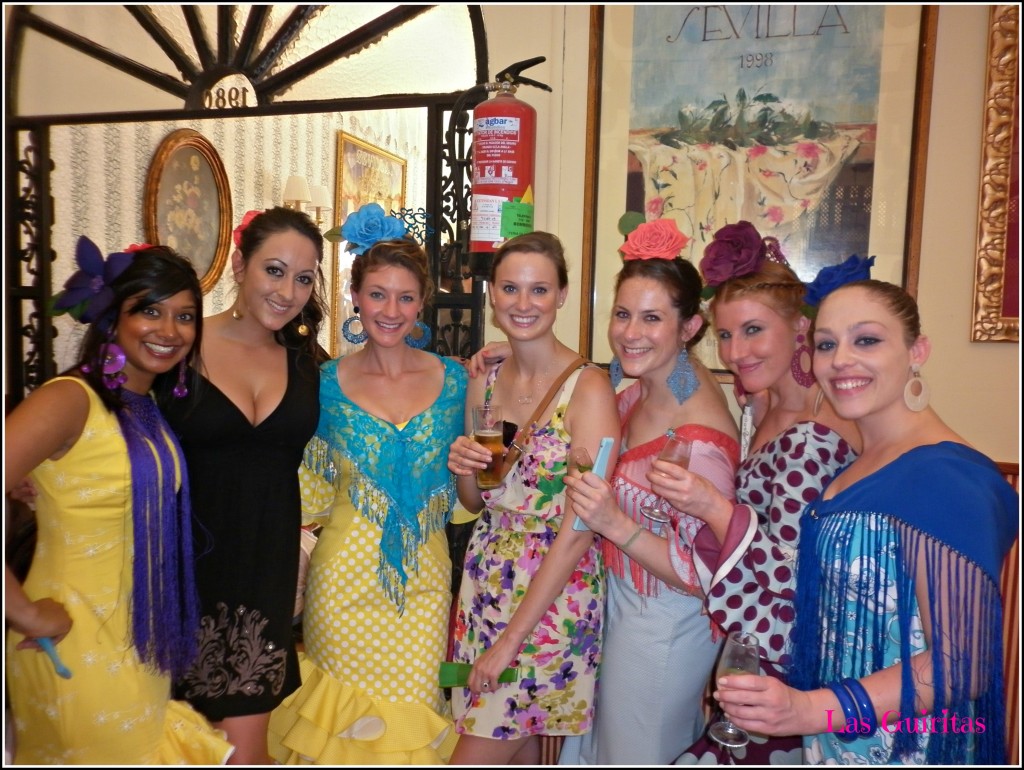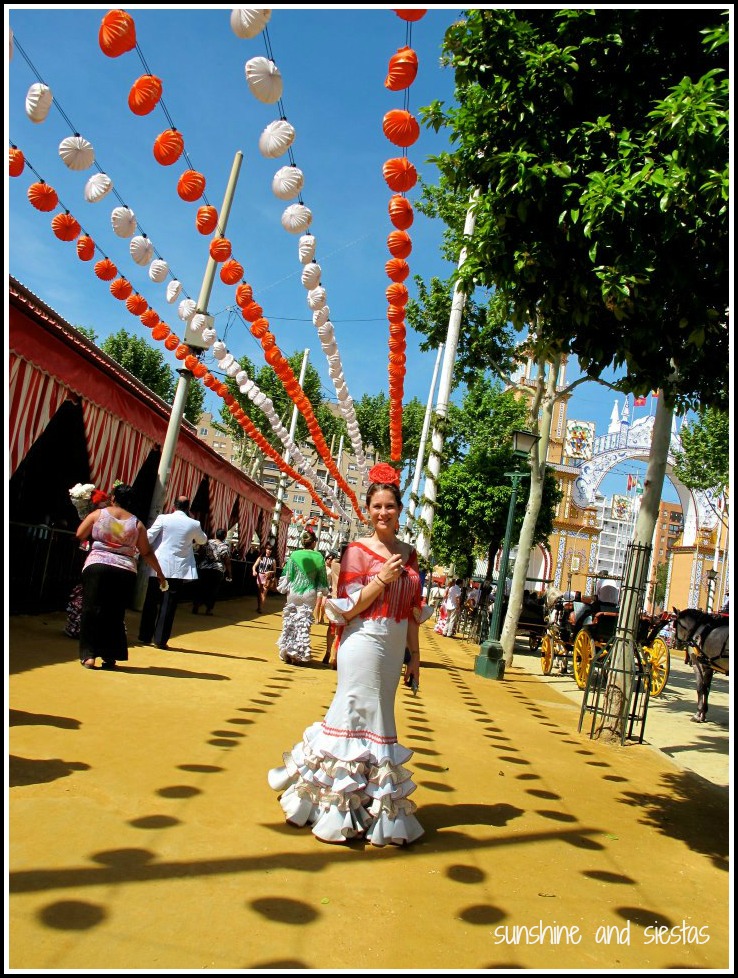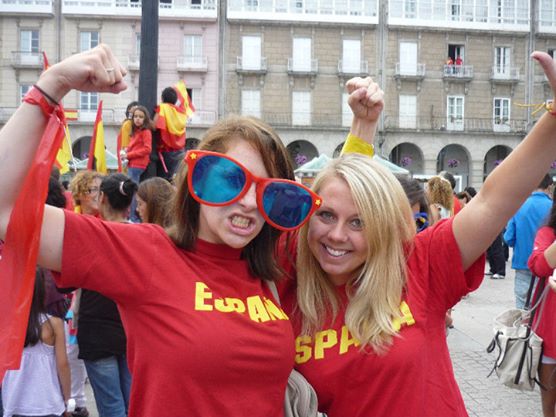It’s just before 4am and my body wakes me up slowly. The baby, in his Pack n’ Play next to my bed, is stirring, too. Like clockwork, he’s still doing comfort feedings once a night, snuggling into my armpit as I lift up my pajama top. The light on my Kindle is soft enough to help guide him to my nipple, his eyes still pinched shut. I feel a familiar tug and a squeaky sucking noise, and flinch as my milk comes in.
One feed down, six more to go today.
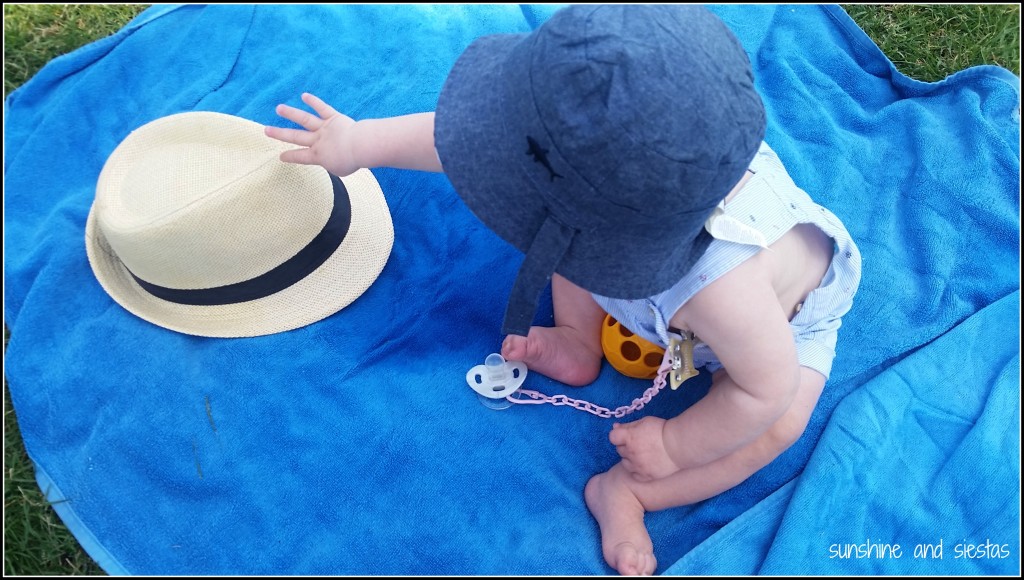
Nine months. It’s been nine whole, life-changing, tiring, fast-paced months. He’s been on the outside just as long as he was on the inside, a baby milestone that we mothers hold dear.
My closest friend congratulated me on keeping the baby alive . “Keeping a baby alive?” I replied, “That’s the easy part!” It’s everything else that’s been trying.
The first 100 days
They say that babies need three more months of gestation to be completely ready for the outside world. And us new mothers? We need those three months to ease (um, or not) into the immense responsibility of caring for someone else. I didn’t feel like myself for those three whole months. It took a new pair of jeans, an awkward first sexual encounter and my child being an actual person for me to feel the fog lift after nearly 100 full days with Enrique in our lives.
The first six weeks – “La Cuarentena”
I was thankful and overwhelmed to have my family with me for the first week of Enrique’s life. They kept me hydrated and fed, gathered my lactation pillow when the baby needed food and helped me to learn the new parent ropes. I hadn’t changed a diaper since I was 12 – two decades in the past – and didn’t know how to bathe a baby with his umbilical cord still attached.
My dad, sidelined with a lingering ankle injury, and I challenged one another to walk one block further every morning while my mom stayed with the sleeping baby, knitting a blanket. I learned how to breastfeed in the streets without feeling weird about it. We took him for his first exams and check ups.
He was healthy; I was besides myself.
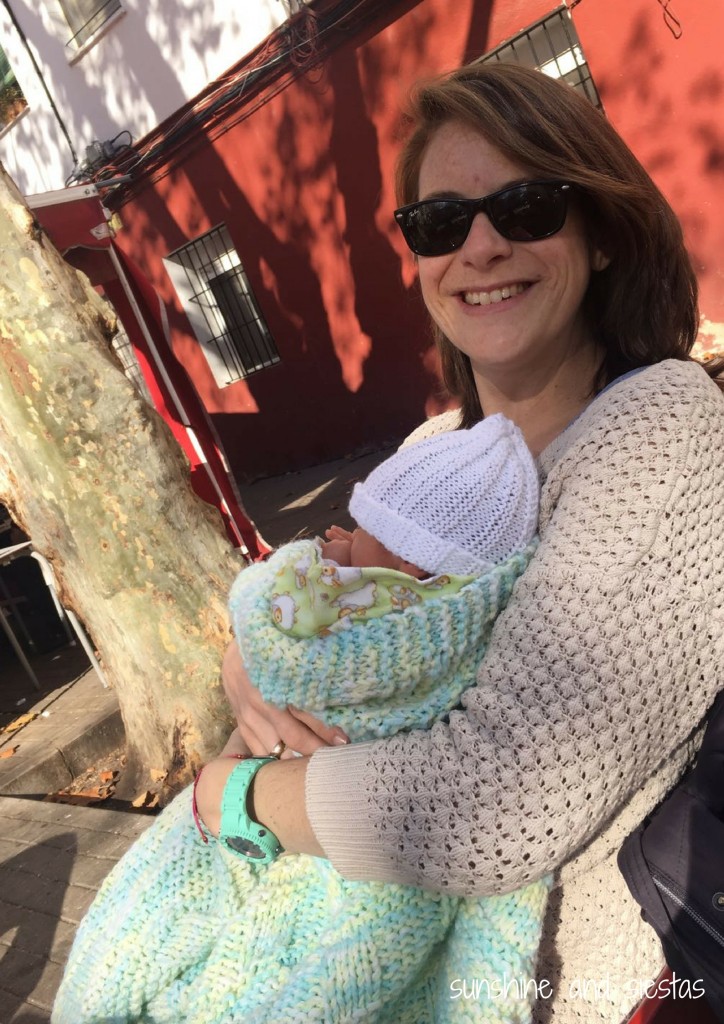
Almost immediately, the gray hairs and the bags under my eyes cropped up. My hormones were all over the place, resulting in crying until I fell asleep on several occasions. The Novio’s job wouldn’t allow him to take his 30 paid days of paternal leave because of an assignment, so I spent long hours at home with the baby, struggling to get him out of the house so that I could clear my head or run out for another bag of coffee or maternity underpants (I was sad to give those up, I have to say). Forced to learn how to do things with one hand with a newborn in the other, I reverted to the most primal instincts: eating, sleeping, brushing my teeth and whatsapping.
There was a day when my tupperware of puchero was heated up and then cooled off and then heated again so many times that I didn’t eat it until nearly 8pm. By then, it was all mush. Another day, I counted ten granola bar wrappers on the coffee table and realized that I wasn’t taking care of myself.
I wouldn’t have been able to survive the first month as a mommy without my mother-in-law, who came to stay with me every night. She’d cook a meal for me, bring me whatever I asked for (including hemorrhoids cream, eep) and even took care of the baby at night so that I could sleep some. We became quite close in those 40 days.
^^^
I returned to Madrid when Enrique was six weeks old, relieved to be in a smaller house where I could leave the baby in his crib while running to the bathroom. He was getting bigger and stronger, and I was eager to explore Madrid and make the most of my 16 weeks with the Little Man.
I had an appointment with my matrona a few days after arriving to Madrid. She had me fill out a survey that was supposed to determine my risk for postpartum depression. The questions were misleading, like, “I feel confident I know what I’m doing.” Sometimes? “I want to spend all of my time with my baby.” It’s nice to have a five minute shower without the baby hanging off of me? She didn’t classify me as at-risk, but I felt overwhelmed just by the questions. Freaking Mommy Culture.
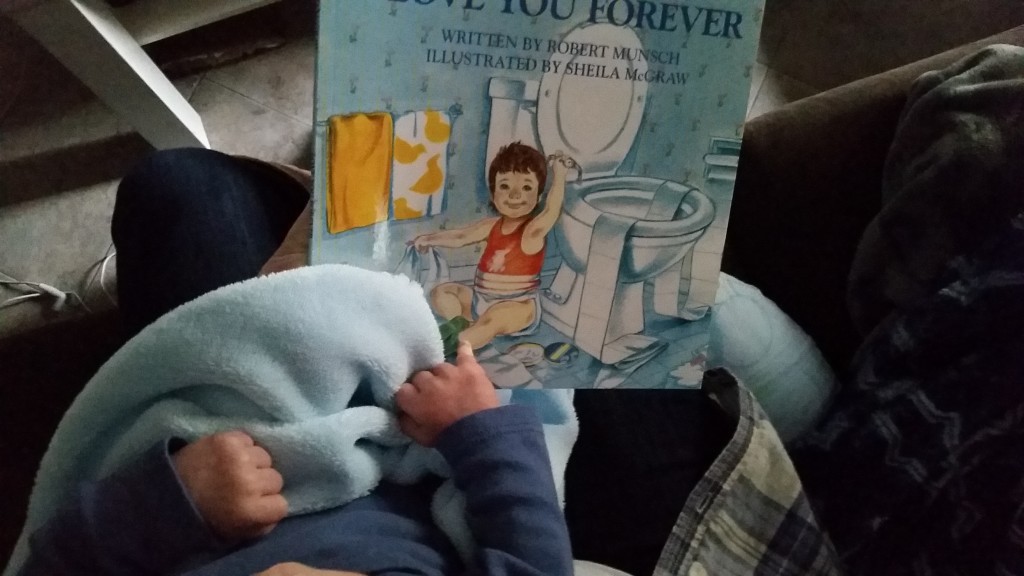
I did my best to find other mommy friends and attend the free sessions at my health clinic on baby first aid and baby massage. But I felt judged, like my parenting skills were nowhere near the rest of the mommies who didn’t need to breastfeed their babies until they konked out.
One weekend, while my mother-in-law was in town, we walked to the Corte Inglés for baby gear (que conste: I spent more time at the Nuevos Ministeros Corte Inglés than anywhere else during my maternity leave, and they have a great sala de lactación). I saw someone with a baby about the age of mine who looked well-rested, perfectly coiffed and didn’t have a single spit up stain or booger on her neatly pressed blouse.
“You know her mother is doing everything for her, right?” my mother-in-law whispered as she motioned for me to take over the stroller again. “Te toca.”
^^^
My cousin – the mother of four girls under age five – asked me at a family party, “Aren’t you just loving it?”
My answer was as brave and truthful as I could muster: “Most of the time.”
The first three months
I made the realization that I was not a fan of the baby phase. Much like I hated teaching preschool, once I came through the fog of the first 90 days and could admit that newborns were not my thing, I immediately felt better.
Enrique turned three months on American soil, already having earned his wings on a cross-Atlantic flight. Apart from a higher-than-usual poop frequency and the awkwardness of passing through security with a carry-on, diaper bag, stroller, baby carrier and the baby himself, I was relieved to have someone else to hold the nugget while I was home. I relished in walking the dog and the baby together every morning and helping him learn to roll over and strengthen his neck muscles. I felt comfortable breastfeeding (even if no one else wanted to see it because, America) and was catching up on sleep.
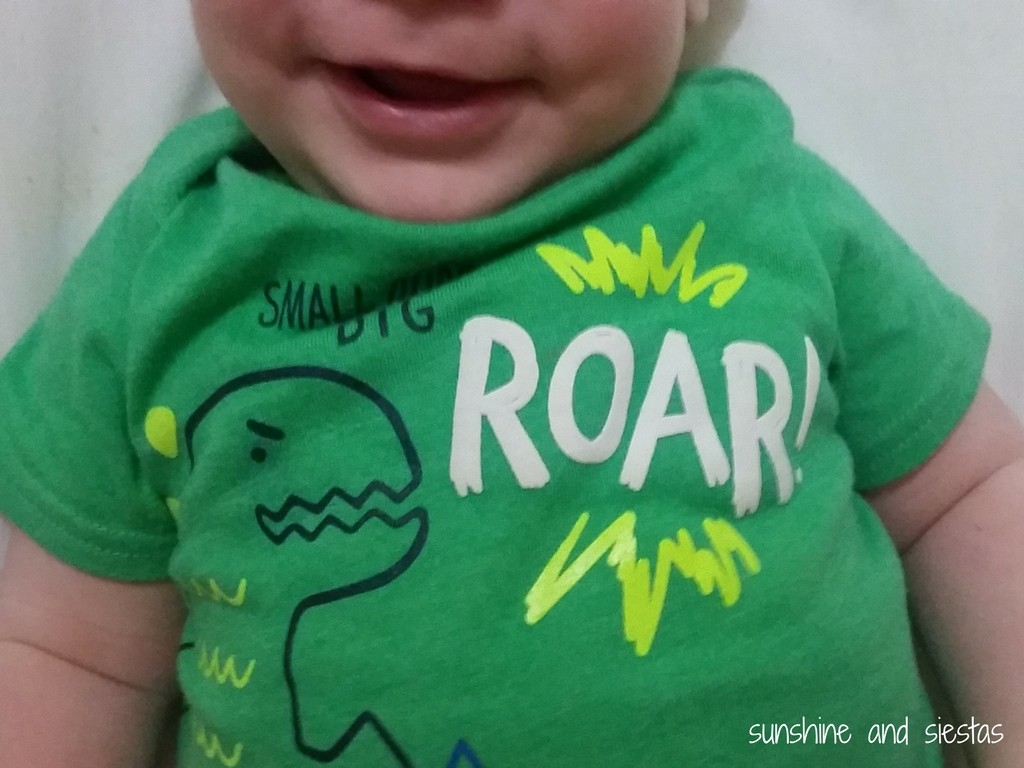
After buying a new pair of jeans (I dropped the baby weight way too quickly due to nursing) and finally being intimate with my husband, I felt 95% like myself again.
During these few months at home, I did my best to play with the baby, to be attentive to him and to return to a semi-normal life. I could put him in his hammock without tears so as to wash the dishes or take a shower while singing to him. Breastfeeding no longer felt like a chore – the baby hopped on and off the boob without getting distracted. As we got to know one another better, I settled into a routine.
Albeit, a routine that still involved pumping once or twice a day and a lot of bad TV.
The first eight months
As we teeter on the edge of nine months, I’m amazed at how much Enrique has grown and learned. By all accounts, he’s a happy, healthy baby with a penchant for ripping paper, putting everything in his mouth and rolling over 17 times before falling asleep. He’s got six teeth, is nearing 9 kilos and loves to babble. Every day, there’s something new to learn and see, and I’m often left wondering where these nine months have disappeared to.
When he’s asleep or leaves me with a few minutes of peace, I sometimes forget how much life has changed. Or that I had a life before him.
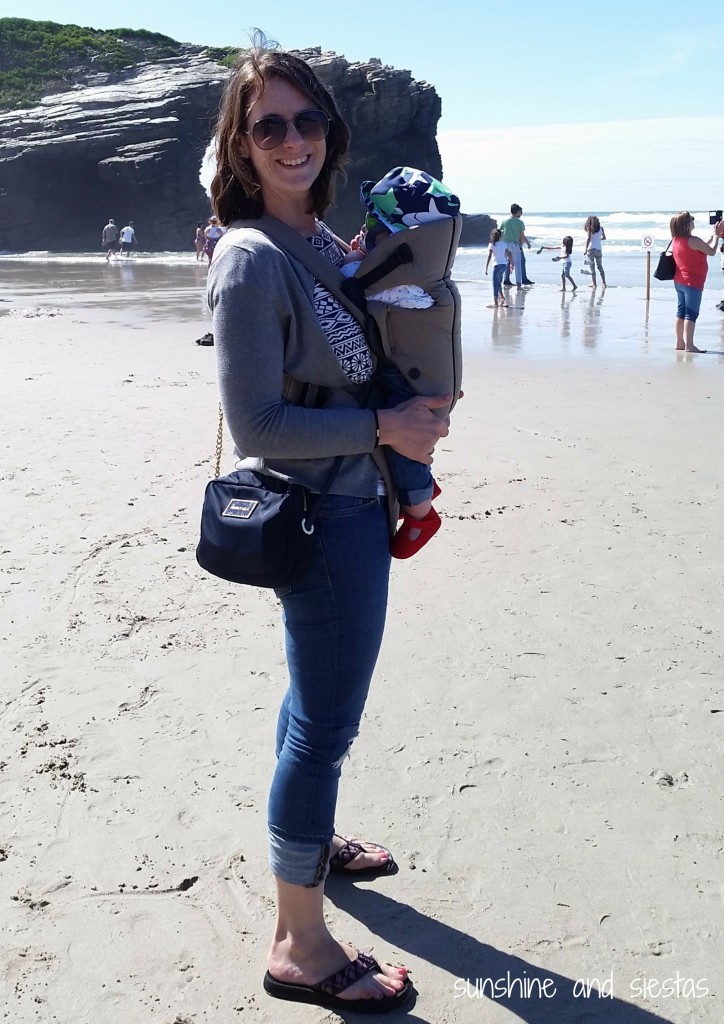
One of the things I’m finding the hardest to come to terms with is the lack of time. I’ve always managed my free time well, setting goals and accomplishing them while staying active and still sleeping eight hours a night. Since having a baby, it takes me six weeks to draft a blog post, three hours to shower and get dressed and about one minute to feel frustrated about it. It’s impossible to micromanage with a baby.
Case in point: I began writing this blog post before the baby was three months old. I have written and rewritten it in my head countless times while busing a baby to daycare, while rocking him to sleep, while trying to rock myself to sleep after a late night feeding.
Yes, I’ve gotten distracted with freelance projects, with trips to Sevilla, with returning to work. Those babies who sleep for hours on end? Mine is not one of them. In fact, the pediatrician told me to put him in a forward-facing stroller when he was six weeks old. So much for binge-watching all of Game of Thrones so I’d have SOMETHING to talk about with friends.
So, toma, you get short vignettes (that’s all I can manage before he wakes up and wants to eat/play/burp!):
On Breastfeeding
On one of the baby’s first outings, my mom, the Novio and I went to have breakfast before taking him for the heel prick test. The baby was four days old, and the January sun was already bright. We’d succeeded in getting four people out of the house on time, but panic struck as soon as we sat at Pedro’s bar.
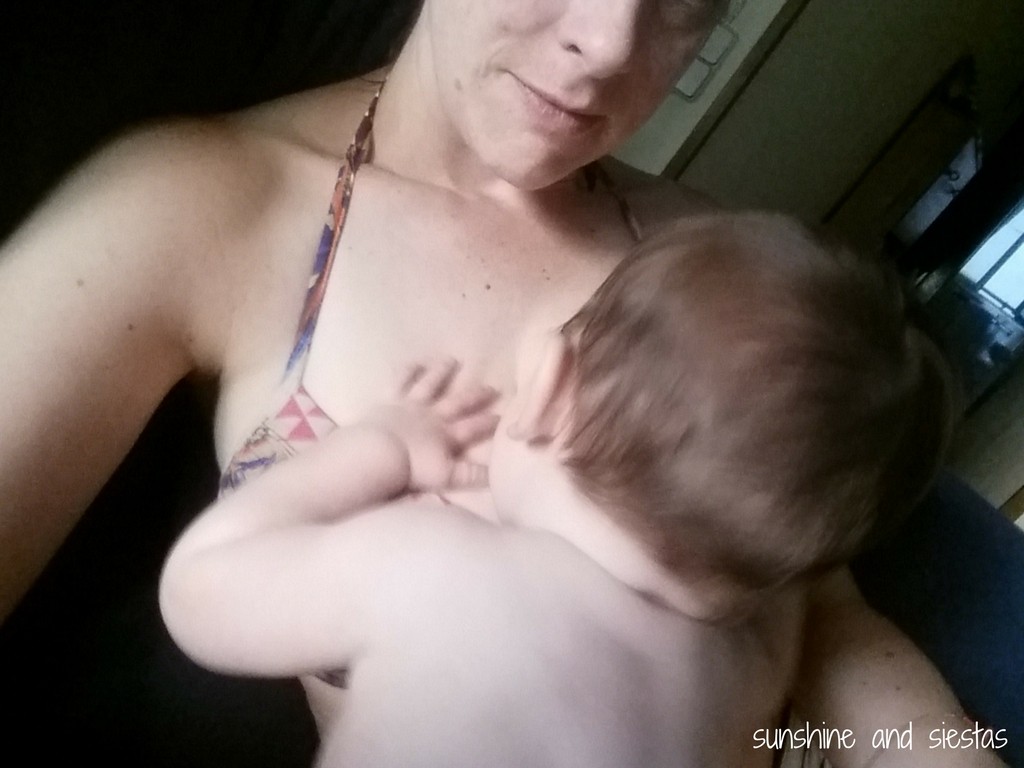
“DIOS, the baby is YELLOW!” I cried, then cried tears. “I’m not feeding him, I suck at parenting!”
Granted, I’d slept about four hours and was mentally exhausted to boot, but seeing a jaundiced baby was not the way to celebrate cutting our getting-out-the-door time from three hours to two.
I’d struggled to breastfeed in the hospital, resorting to pumping to stimulate my production and having an awkward moment with my father-in-law where he massaged my breasts. My poor puritan father couldn’t be in the same room with me when I fed his first grandchild. And, now, my child was yellow as a banana.
^^^
Menos mal that women are speaking up about how difficult breastfeeding can be. Between stressing about the baby gaining weight and latching correctly, then being literally en tetas all day, I felt like a cow. It was an endless cycle of, Eat-Burp-Sleep and repeat every 90 minutes. Any time I’d finally get him down and out of my arms, it would be the question of what to do first: pee or eat.
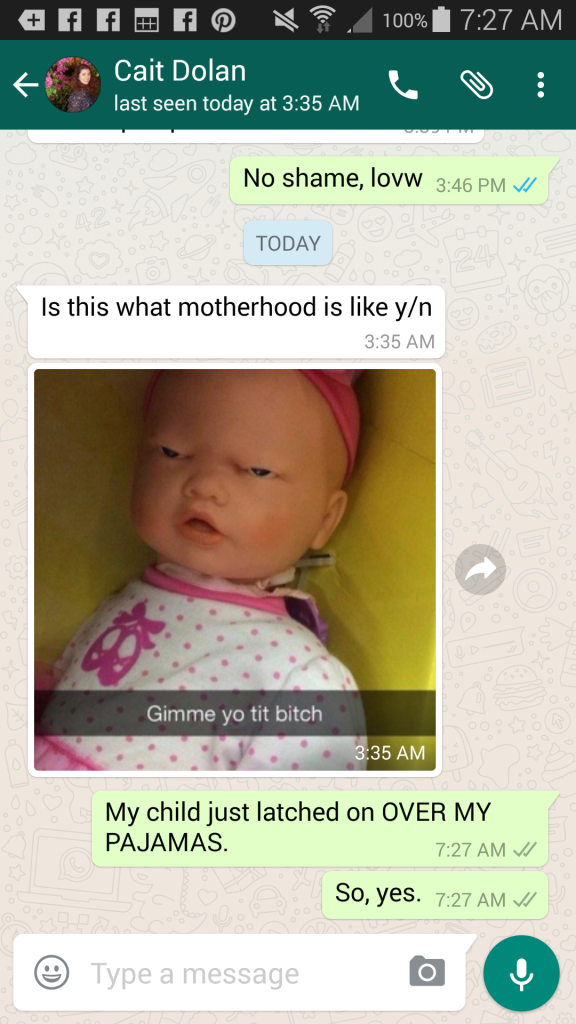
I was hellbent on breastfeeding exclusively for six months, which often lead to head-butting with the Novio when he wanted to start the baby on solids or he suggested I give the baby formula. When Enrique was around 12 weeks old I finally cracked and bought a bottle of formula as back up, even though my instincts told me he didn’t need it. Again, damn Mommy Culture for telling me that breastfeeding is the ONLY way to go, and that even considering formula was a mortal mommy sin.
I attended a few Liga La Leche meetings, which I highly recommend. If for nothing else, for moral support and for a few hours out.
^^^
I love being able to breastfeed my baby, but I HATE pumping. I hear the flat sucking sound of my expensive pump that is too small for my boob size and shudder. I struggle to not spill the pumped milk when transferring it from bottle to storage bag and have on more than one occasion cried over spilt milk.
^^^
When we took Enrique for his four month check up, I was told that he was slightly underweight and would have to start on cereal in his bottles. I was devastated. Once again, my confidence took a hit as I cursed my body for not responding to what I conceived as natural. Everyone reminded me that a fed is best, but all of the god damned Mommy Wisdom pointed to my failure to feed him myself.
Two months later, we started him on solids, leading to less diapers to change but more constipation.
^^^
Enrique breastfed until last week, mere days before his ninth cumplemes. We stuck with it, despite my being topless for a large part of the day when all of the lactation experts suggested I feed on demand. I have only had blocked ducts when I returned to work and no bleeding or cracked nipples – just a few nibbles from his new teeth. I feel fortunate that it’s gone well and that we’ve found a rhythm, especially when I know many women who were unable to breastfeed.
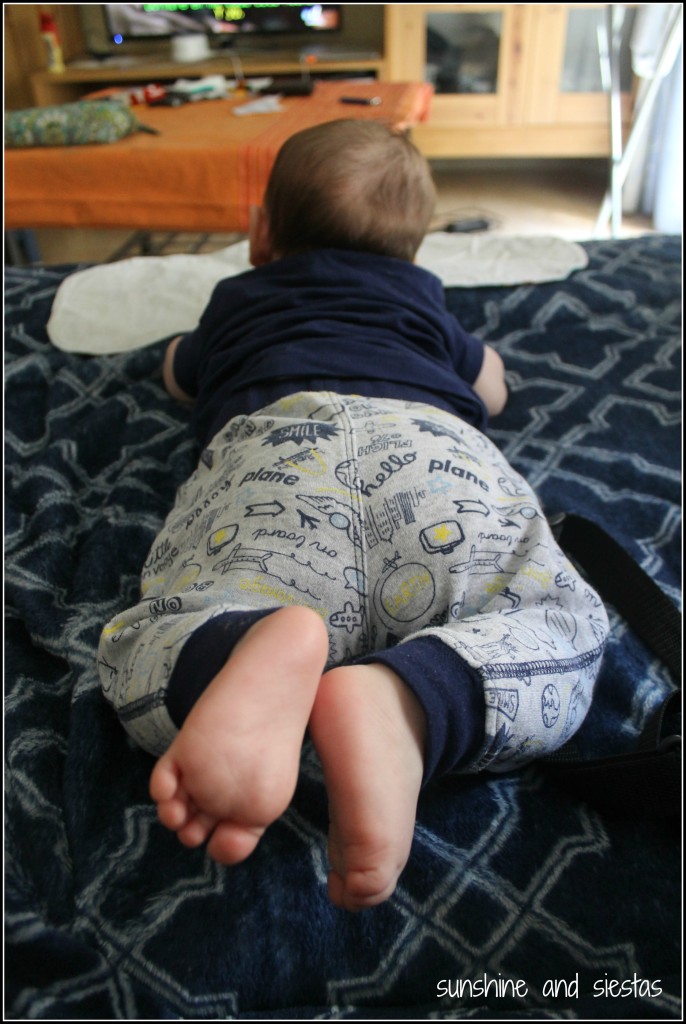
The destete always had an end date, as I travel for work in he Fall. In many ways, I’m relieved that he’s a good eater and will take bottle, spoon, hunk or anything waved in front of his face. I’ll miss the way he caresses my face and boob when he stares up at me, and feel that all of those hours with him in my arms have helped forge a bond. He still gets pangs of mamitis whenever I arrive home from work, often stopping what he’s doing and whining until I pick him up.
But I’m ready to move on and watch him learn to eat on his own. Maybe that’s just part of motherhood, the constantly letting go.
On Returning to Work Post-Maternity Leave
Before I could really enjoy maternity leave and bonding with the baby, I had homework: I needed to find a childcare option. Unlike all those well-kept Spanish mamás who can rely on their mothers, we had no choice but to pay for someone else to watch our baby sleep and occasionally give him a bottle or change a diaper.
Truthfully, finding a guardería felt a lot like rushing a sorority to me.
We were given a permanent spot in my first choice guardería, just one block away from my job, for July. But that left May, June and a handful of days in April to cover. Desperate, I dressed us up nicely and went from daycare to daycare, trying to impress people I’d speak to for three minutes, acutely aware that there was a baby quota, and that quota was low.
Just like legacies have a pass into Alpha Beta Baby, so, too, do brothers and sisters. I finally wizened up and checked prices and availability so that I could dedicate more time to eating my way around my neighborhood bakeries rather than pushing a baby carriage for anything other than leisure.
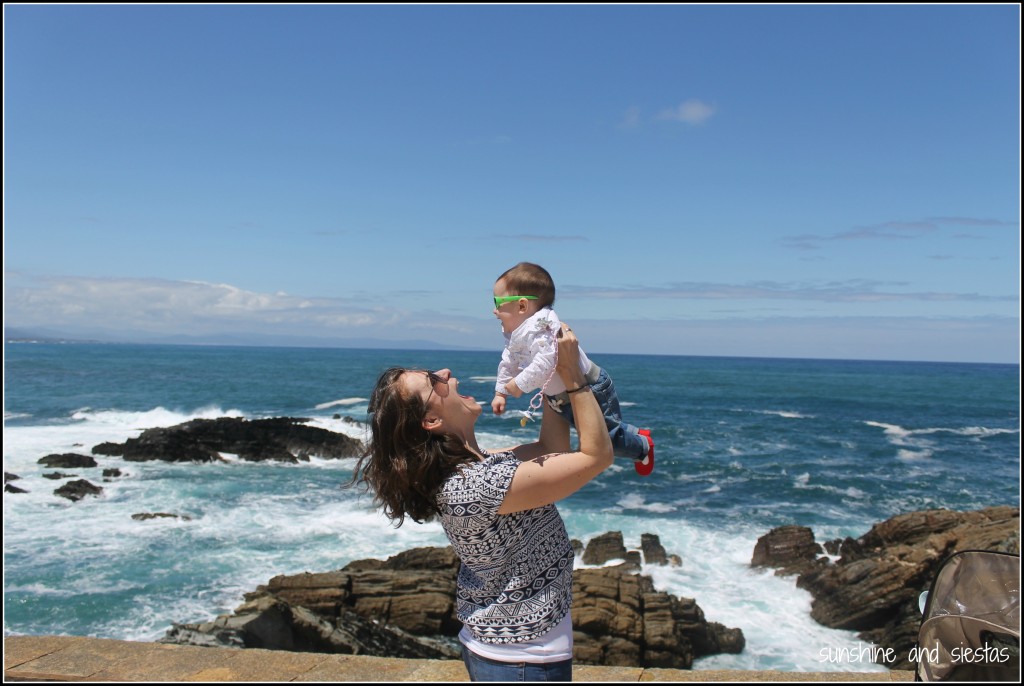
Looking for daycare in Spain was a test of my patience. My favorites? “We make only organic food!” Yes, and charge me three times as much what I could make at home myself. “We’re bilingual!” So is my household. “We have the cheque bebé!” What difference does it make when you’re charging me those 90€ more in organic food and estimulación de inglés?
Ugh.
When I finally found a place that had an opening (they may have broken a few laws to make an extra 400€), I truthfully wasn’t impressed. There was no plan escolar and the place smelled like baby (did I mention I hate the smell of diaper cream and Nenuco?). But I promised myself that my time at home would be the baby’s main source of stimulation and cariño and signed him up.
^^^
My vuelta al trabajo date got closer with every sleep, with every bag of breastmilk stashed in the freezer. While my other pregnant friends had worked out a few extra months at home, I looked forward to going back to work. I like the professional part of my life, and the truth is that I couldn’t watch any more reruns of The Big Bang Theory.
You know it’s bad when you can sing all of the commercial jingles.
On the day that I left Enrique at the daycare for the first time, there were a few tears. These tears were easily quelled with a coffee and piece of cake, and a very understanding boss. If it comes to anything, it was my years as a teacher and knowing that the employees were trained to at least not leave an infant unattended on a high surface. I only called the guarde midday for a week for a progress report (and to make sure he’d pooed).
But, I have the friendliest baby who breaks into a smile whenever he sees someone new. You have no idea how much it hurts when you go to pick up your spawn and he cries as soon as they hand him off to you.
^^^
My days now are long. Alarmingly long. A friend vacationing in California once asked why I was awake at 6:30am on a Thursday. Easy – it takes me exactly 80 minutes to wake up and get us out the door. When I return home, there’s baby food to prepare, said baby to play with, chores to keep up with once he is asleep.
But as someone who likes crossing things off my list, I make it work. And it makes nights and weekends even more fun. Though Mondays are even more monday with an adorable little family, I admit.
On First-time Parenting
I used to boast about how well my baby could hang – he’d fall asleep in the jaleo of a cervecería as if he were being rocked in someone’s arms. Then one fine day, we discovered that Enrique was colicky. Now, there are two types of colic in Spanish: one in which the baby cries uncontrollably for no apparent reason, and the other where a baby can’t easily digest breastmilk and cries and screams for several hours in the evening. This eventually tapers off at three months, but it seriously tested our patience.
“Qué le pasa?” The Novio would ask me, and I’d run down the list. Is he hot or cold? No. Is there a tag scratching against his skin? Unlikely. Is he tired? Perhaps. If all else failed, out came the food source.
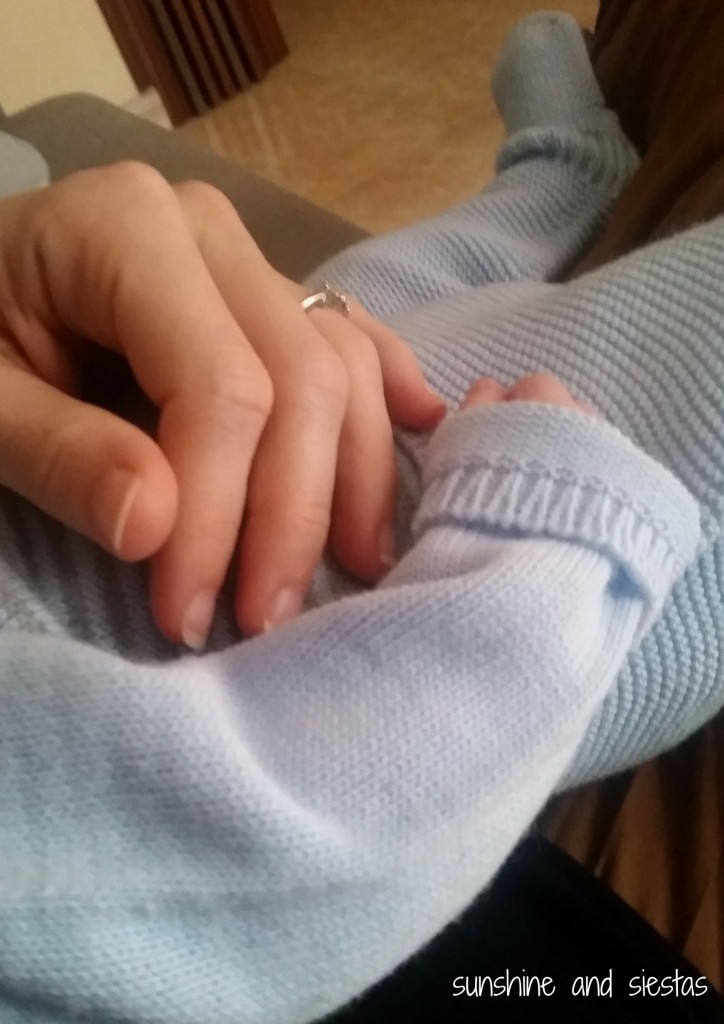
Then there was the time we forgot sunscreen in the car and had to coat his face in diaper cream. Or when we’d leave the house only to return because of an explosive poop episode the minute we’d order a beer. And one of my favorites was when he wouldn’t calm down to sleep, so I walked him in the rain to a bar where I could dip in for a hot drink. As soon as he heard the Semana Santa music, he closed his eyes and stay asleep for well over an hour.
We’re still so new to this and don’t ever think we’ll stop learning how to handle an infant, a toddler or a teenager. Most days, we can laugh at ourselves (though this usually involved having had a decent night’s sleep), and I think we’re holding it together all right.
Well, until I cry from accumulated sueño and because I really, really want a cookie.
On Mommy Culture
One of my longest sevillana friends came to visit a few weeks ago, and we spent a warm afternoon over dobles in Plaza Olavide with the babe. I asked her to regale me with stories of dating in the Big Apple, what it was like to have an American salary and about her last vacation; she asked me how I was holding it all together.
Nothing like hanging with your abroad besties to realize just how different your life has become.
Perhaps one of the hardest things to come to grip with has been the cross-cultural mixed signals and the extreme judgement. Maybe it’s all in my head, but it can be difficult to navigate what I know to be true about child-bearing from my own American upbringing, and what Spanish abuelitas say. Our pediatrician is Venezuelan and suggested that the baby’s first lean meat come from a horse; she was later under fire when she told us to give the baby kiwi, sparking a rash and a trip to the ER.
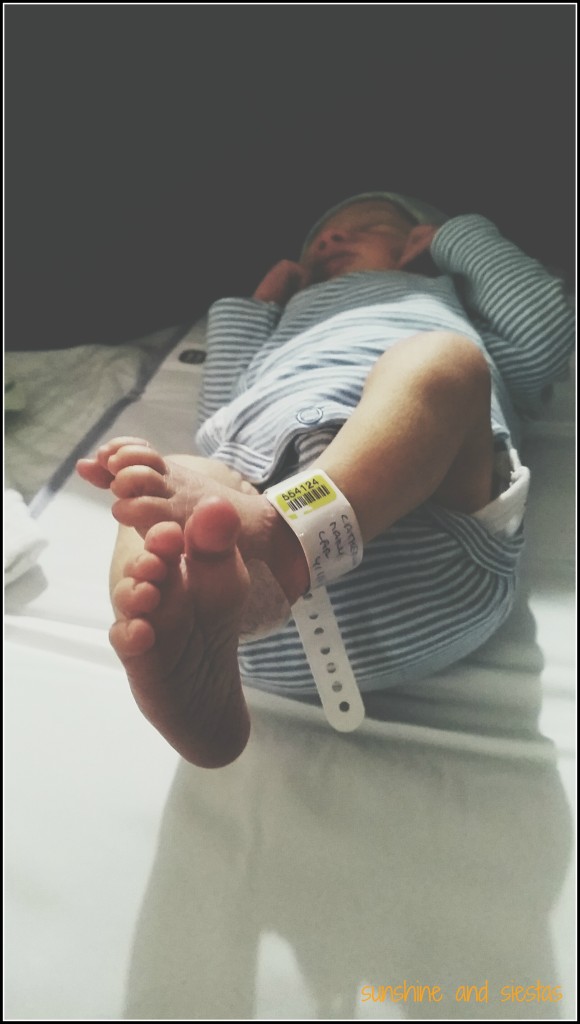
When I check my phone while out on a walk, I feel like I’m betraying my baby. Or when I drop him off at daycare. And when I ask my husband to feed him to I can wash vomit out of my hair, I wonder if I’m being selfish. Can other mothers sense this? Do we have a sixth sense when it comes to who is doing their job and who isn’t? Hell, I even felt bad watching Gilmore Girls while feeding the baby on my maternity leave. Aren’t I supposed to give my undivided attention to him at all times, and not to Lorelai and Rory?
My mother stayed home with my sister and me, returning to her job as a teacher when I was in second grade. I am thankful that she made that choice, but I know I wouldn’t be happy wearing just one hat.
Perhaps it’s the influence of social media that’s got me all huffed and puffed. That we judge one another with all of the postureo and the need for attention and the need to share all. The day care’s director assures us that we are both doting parents who give off an air of peace and tranquility towards the baby. If he only knew how exhausting he can be…
On Motherhood and What Comes Next
As I settle into motherhood and continue to be amazed – by how much the baby learns, by the seismic way in which he has changed our lives and our relationship with one another, by the sheer exhaustion that consumes my week. Truthfully, it took me time to get a grip on how much I adore the little beast I created and nurtured while I have slowly let go of my past life.
For a long time, I wondered if I wasn’t meant to be a mother, despite my deep desire to have children since I was a child myself. All of those women who gushed about how complete they felt, how their child was the best thing that ever happened to them – I didn’t feel it. Motherhood and the abundance of feelings and love slowly permeated into every aspect of my life as Enrique gets bigger and comes into his personality.
And I’m not afraid to admit that I miss my old life, pre-baby. Or that I miss being pregnant. Or that I want at least one more.
Being a parent is one of the most emotional things I have ever experienced (and this coming from someone who wears her heart on her sleeve). I feel abundance and I feel complete scarcity. I’m both hopped up and run down. My baby can be a burden one minute and my source of joy in another. My hormones have subsided – for the moment, anyhow – but can’t even begin to fathom how they may change as we watch this tiny human learn to walk, talk and probably become a huge asshole.
I wish I had advice for other first time mothers, especially us guiris who live in Spain. You’re subject to extreme morriña for your family and home country, as well as the exhiliration of raising a baby abroad. You’ll warp your language and find your native tongue comes out when cooing at your little creation. You’ll scoff at the unsolicited advice from abuelitas but feel relieved when they tell you how to combat diaper rash. As with anything unknown, you won’t know what you feel until that phase of your life has, regrettably, passed.
For now, I’m trying to be myself as I change and adapt to being Enrique’s mommy.
^^^
At my six month check-up with my gyno in Madrid, He of the Amazing Mutton Chops, I asked a very simple question as soon as the wand went back in: “There’s no one else in there, verdad?”
No, hija, your womb is all clear.
Well, for another year or two until we decide it’s time for Enrique to be a big brother.
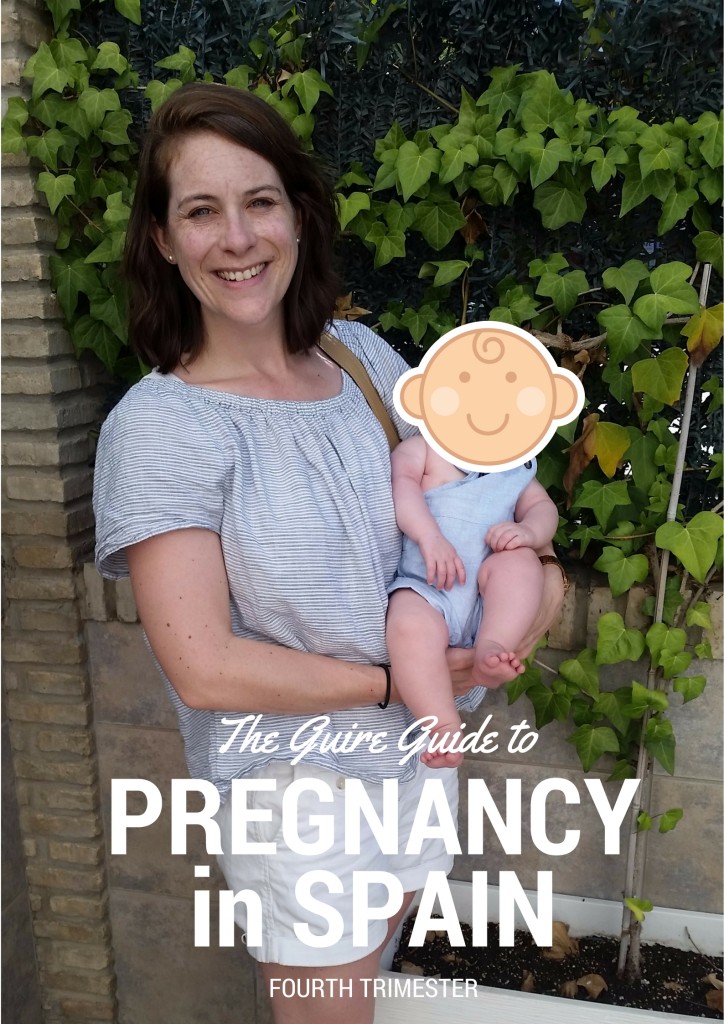
I’d love to hear your feedback – and thank you all, sincerely, for the well wishes and the outpouring of love for the Babyman. To those of you who have visited, sent gifts, trekked out to my parents’s house in the suburbs – thank you. It helps knowing that, despite all of the changes, I have great people to rely on and an Army of Titos!
You can read about my experience as a pregnant foreigner in Spain and about labor and delivery in earlier posts. In Barcelona and considering a hypobirth or doula services? Liana van Zyl offers English-language services in Barcelona. I have personally not used her but would encourage you to contact her about pre- and post-natal care!




